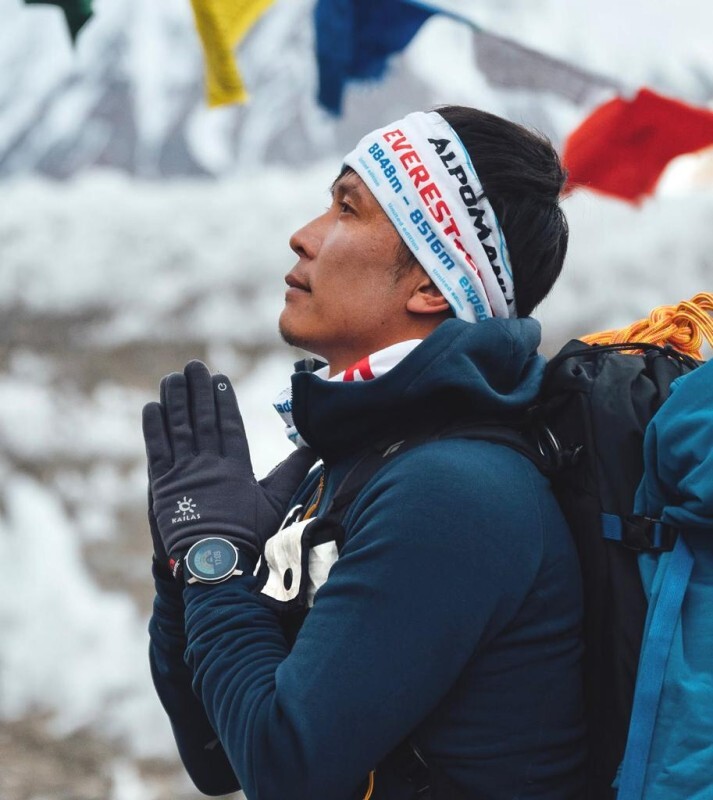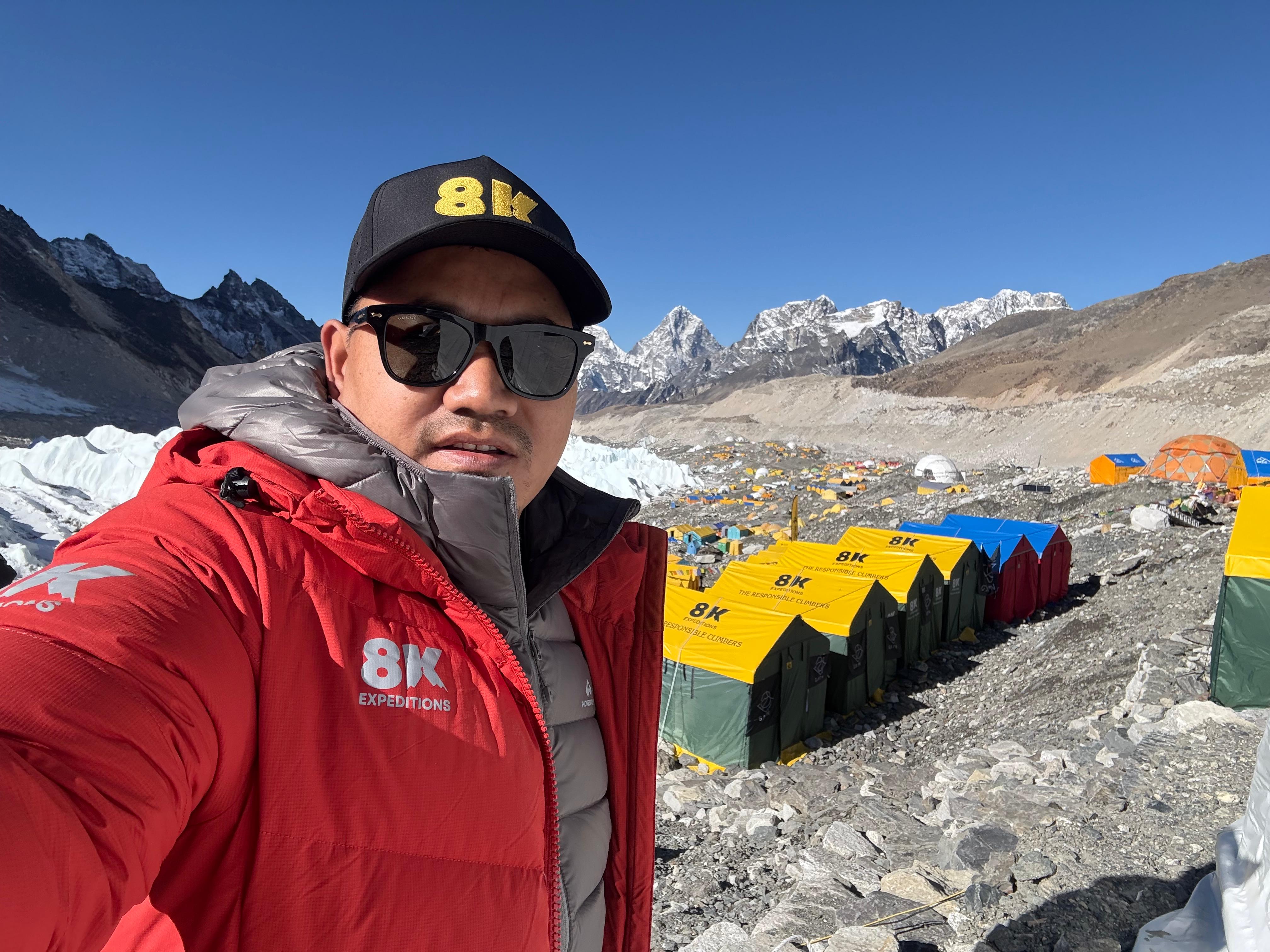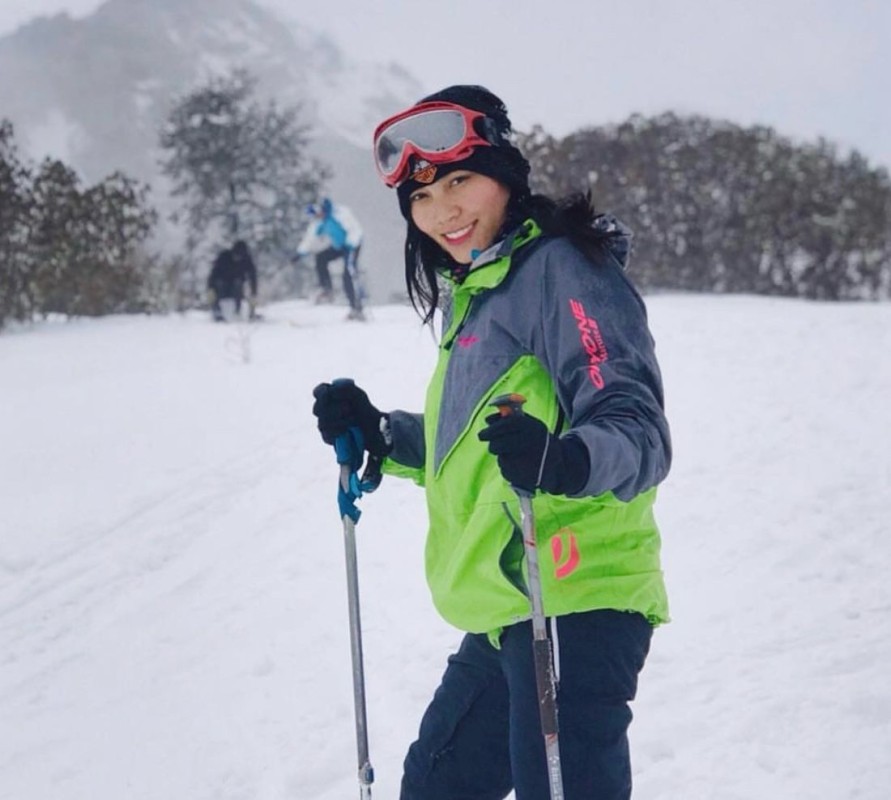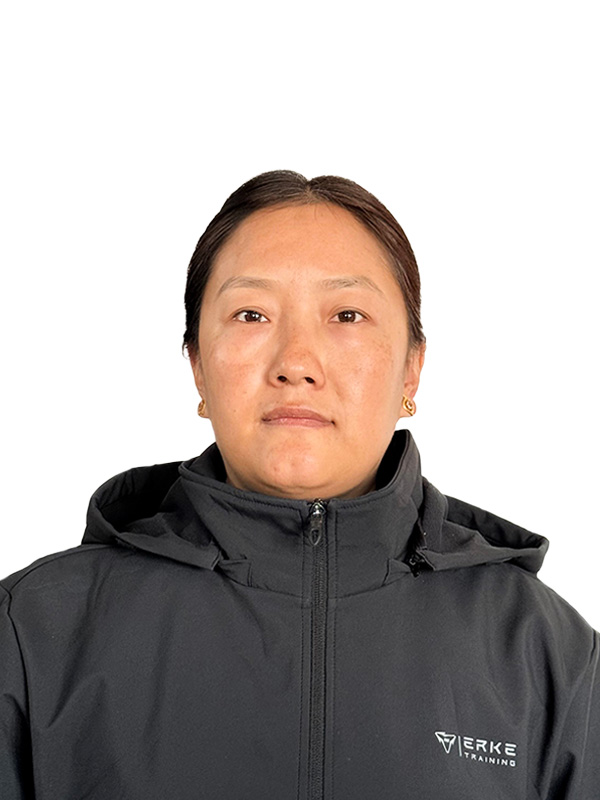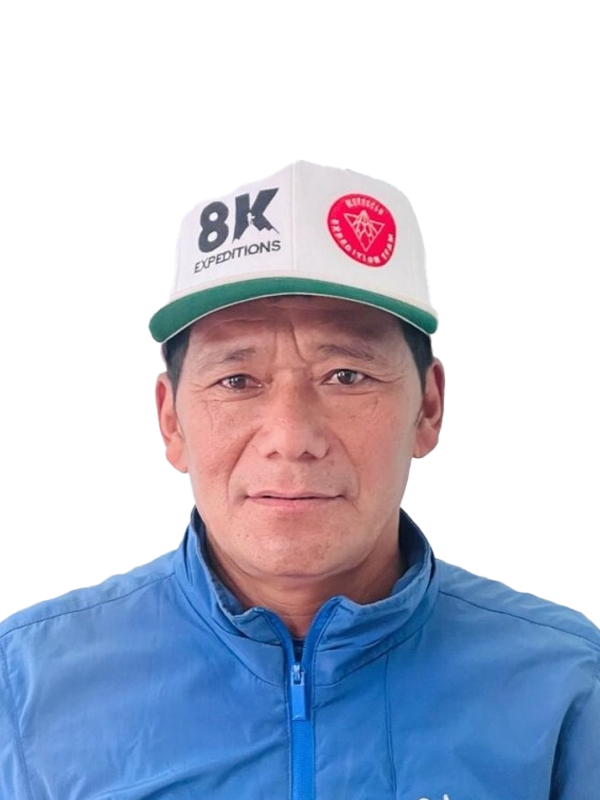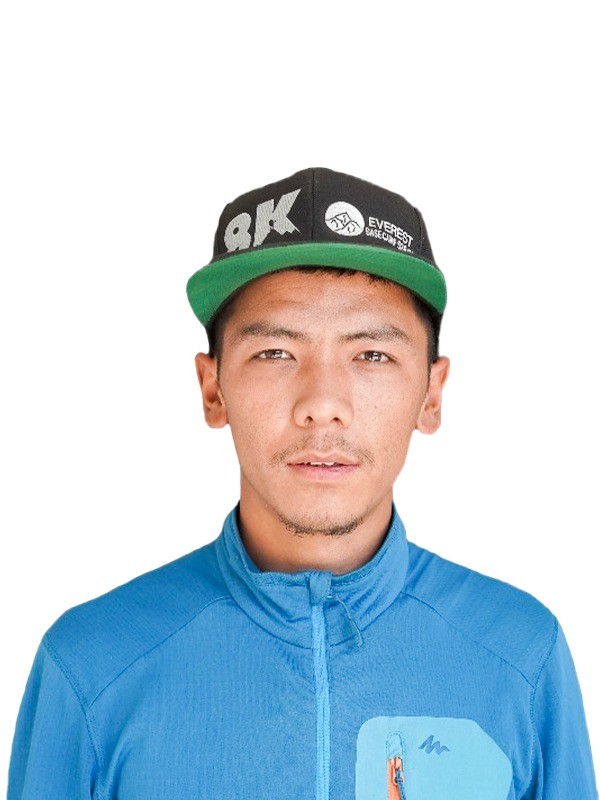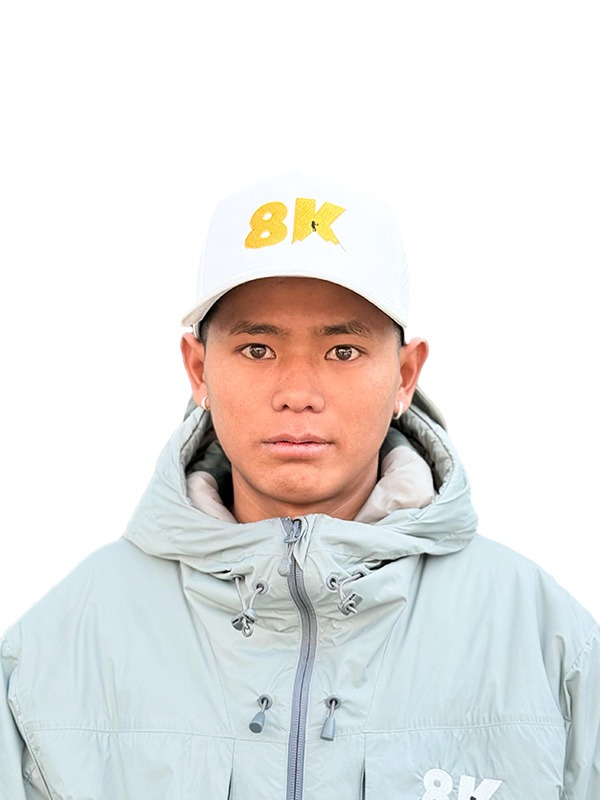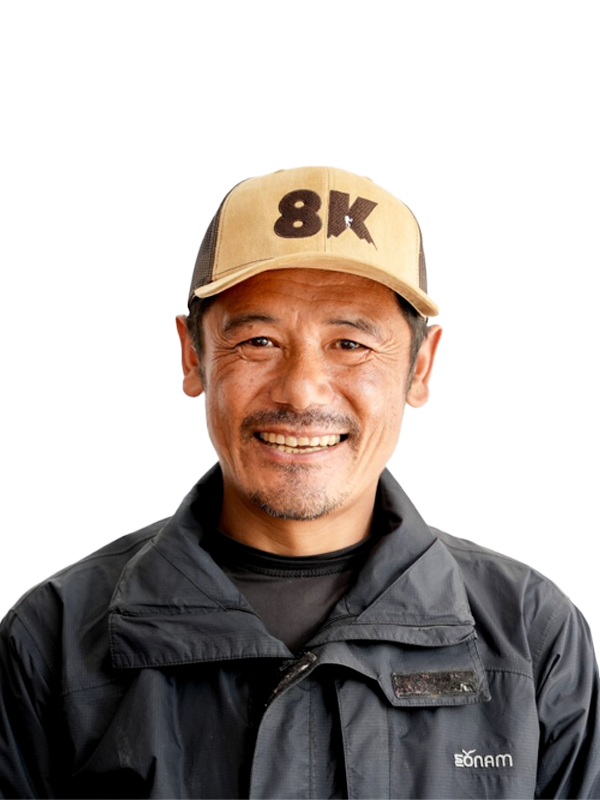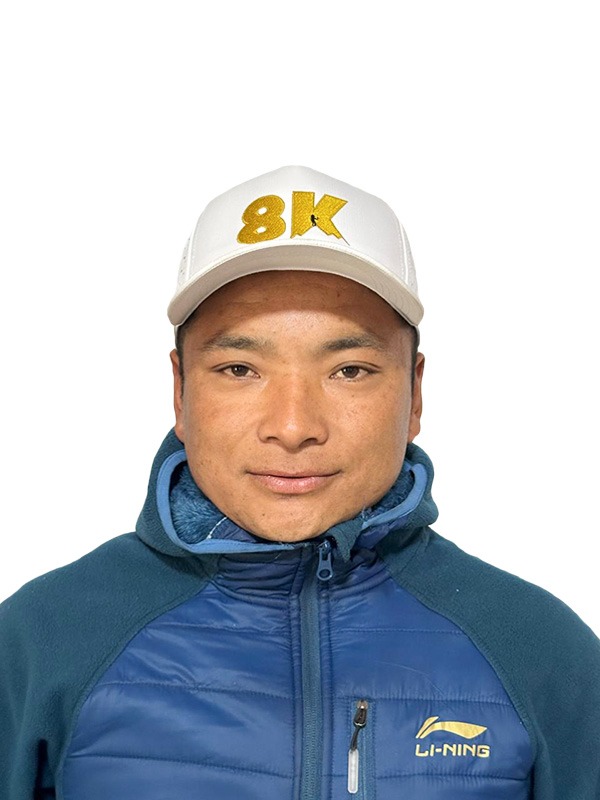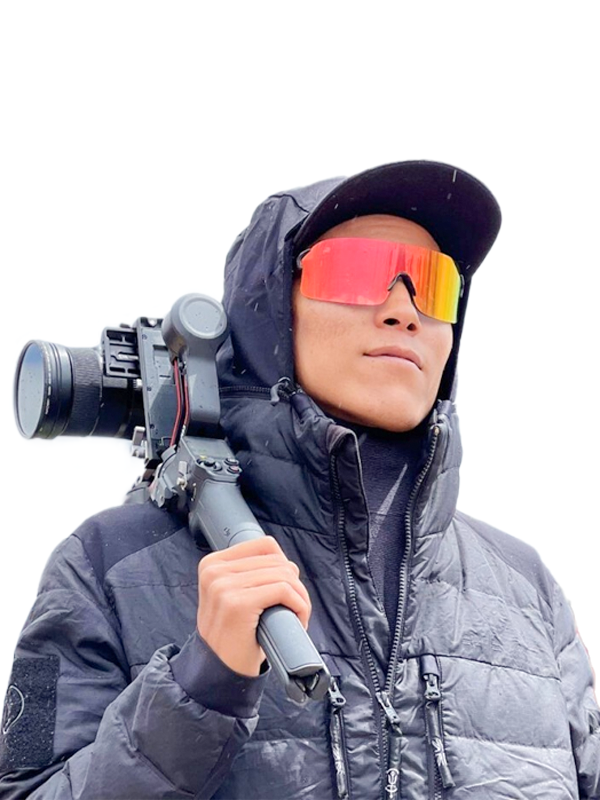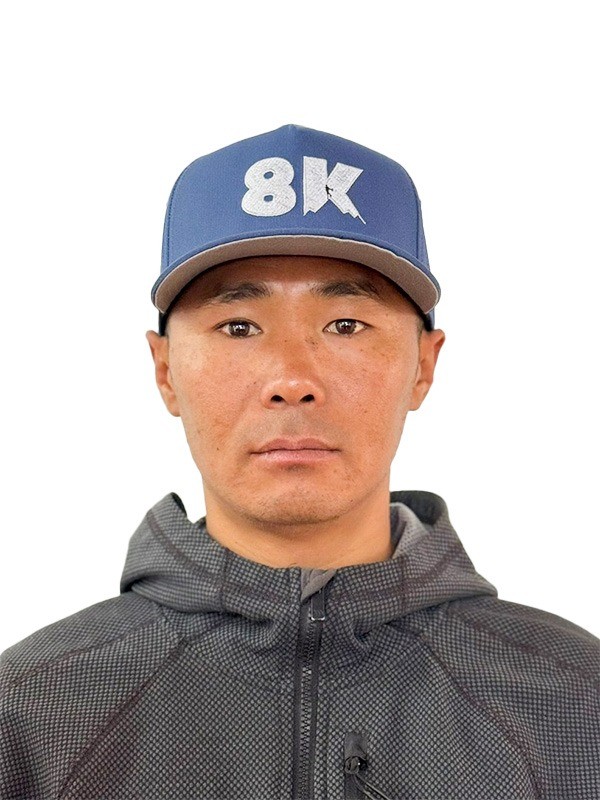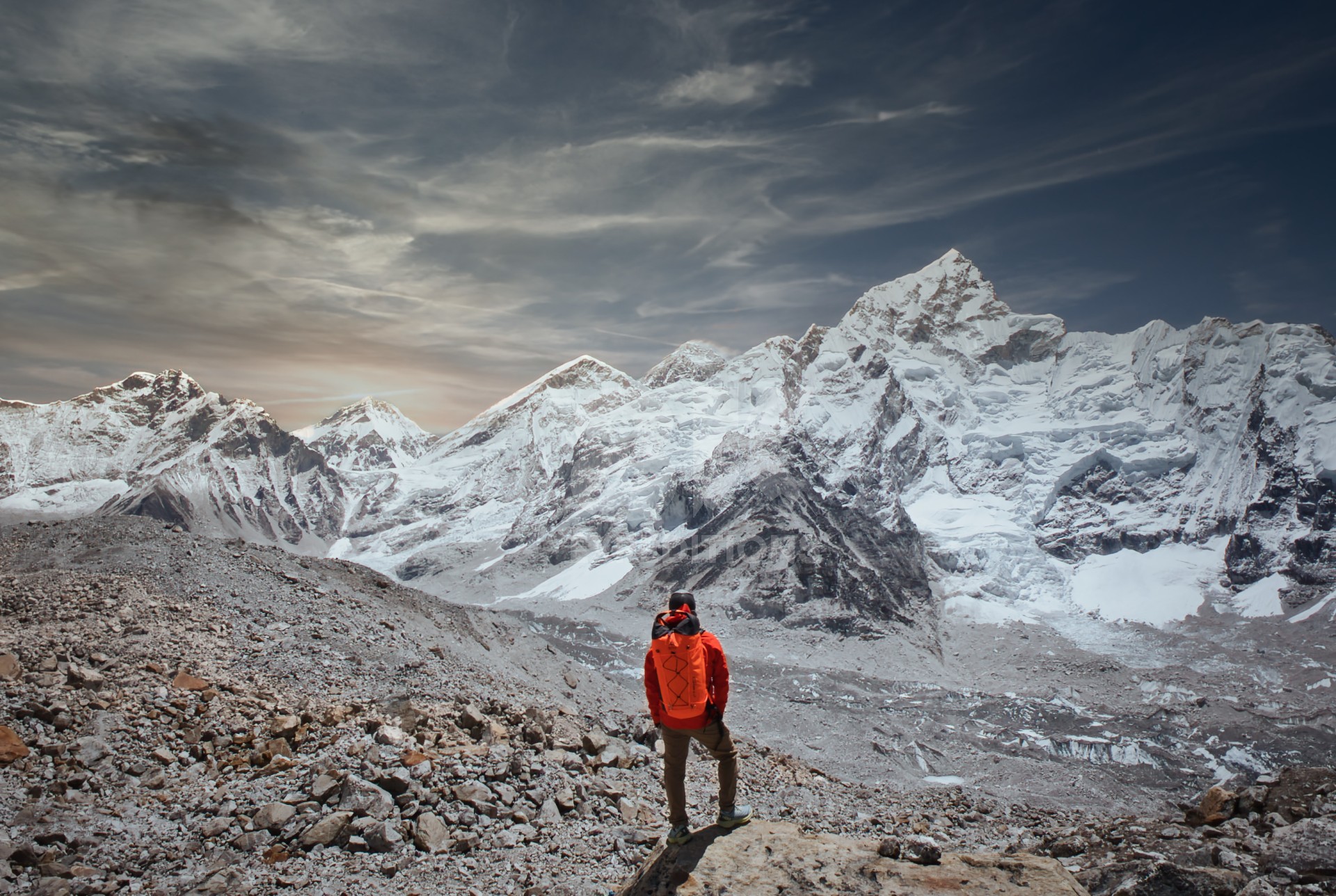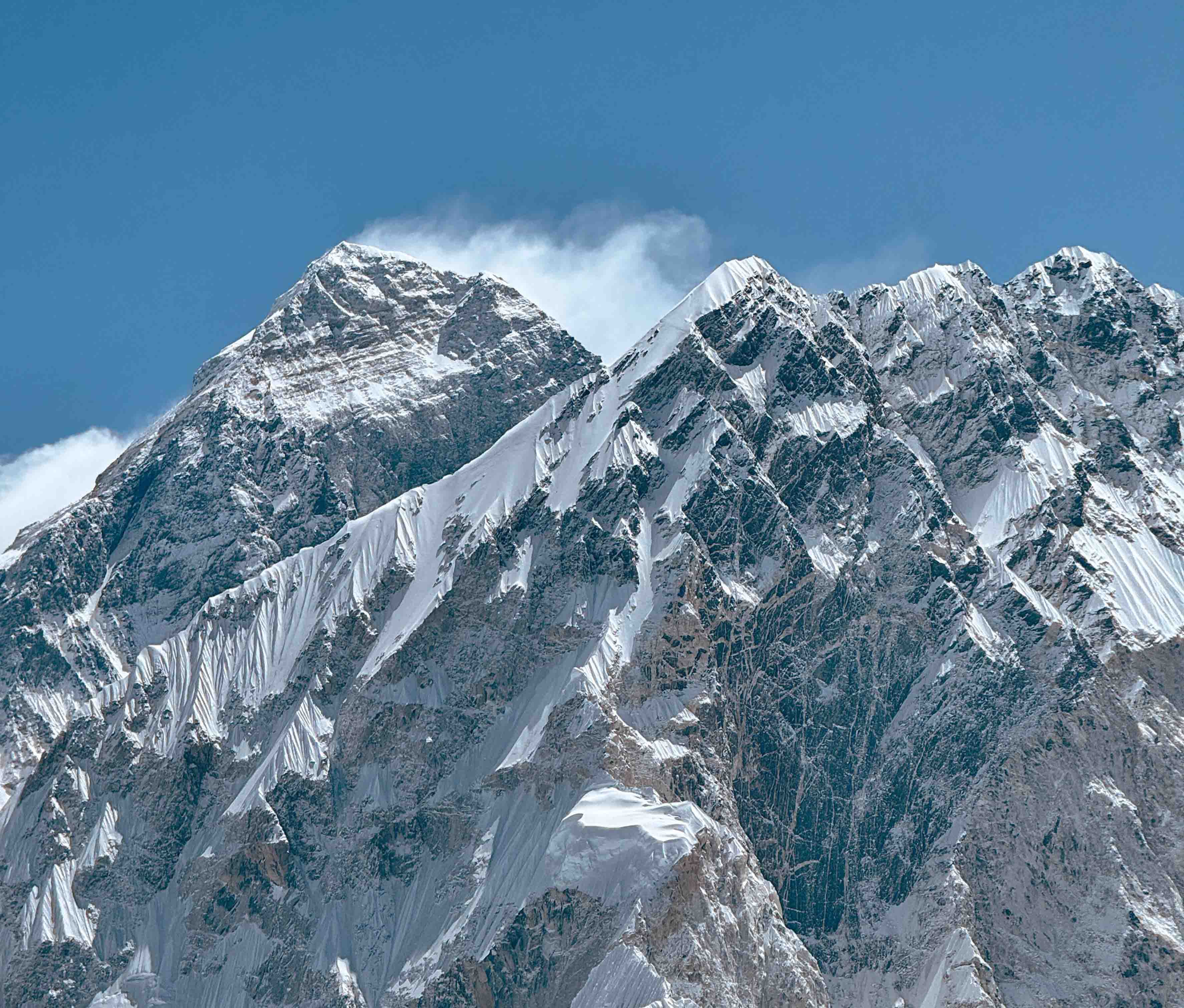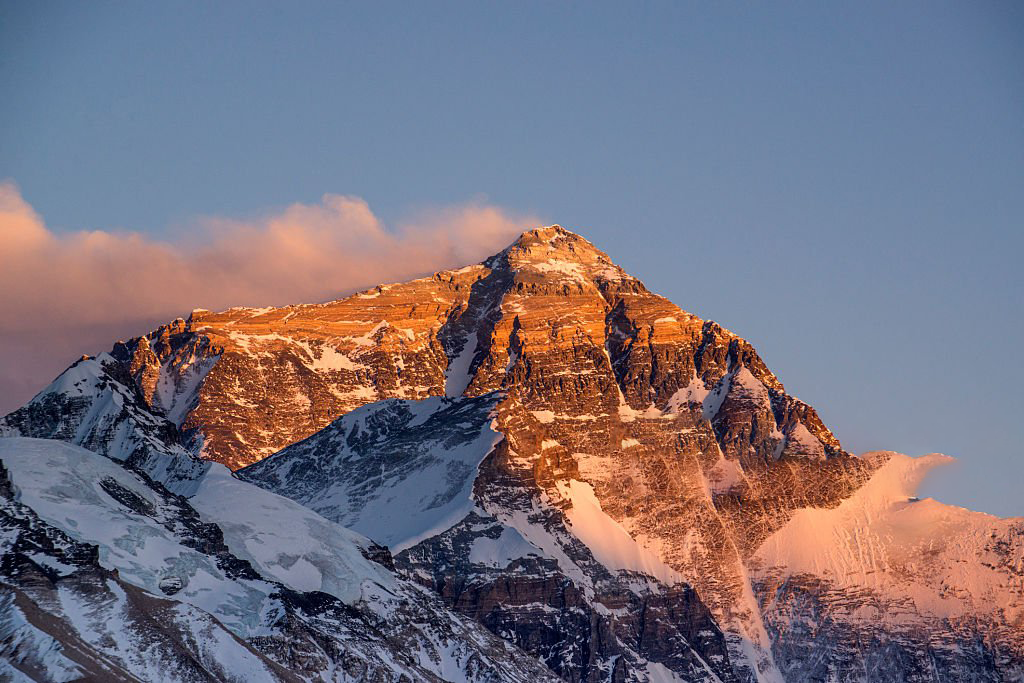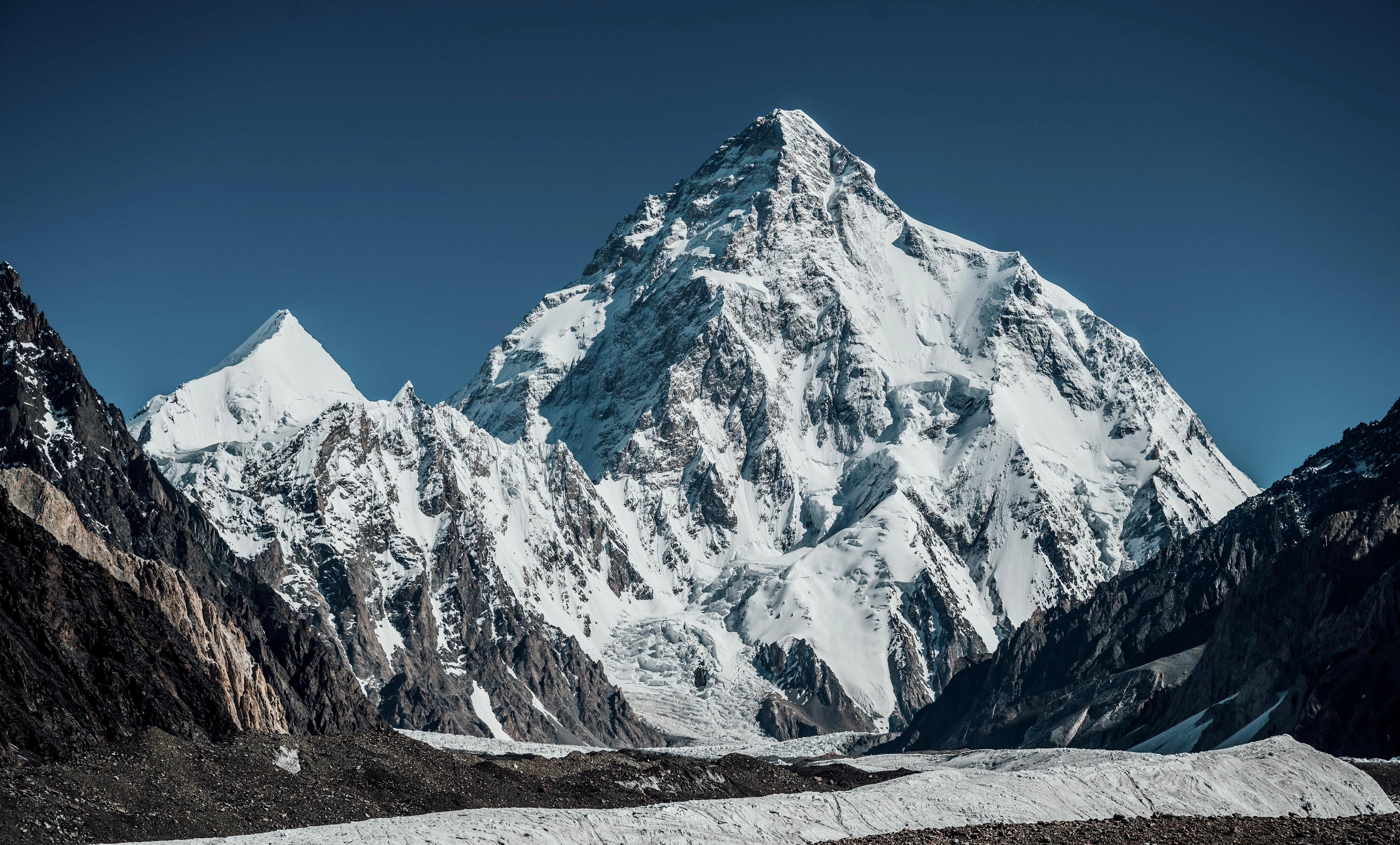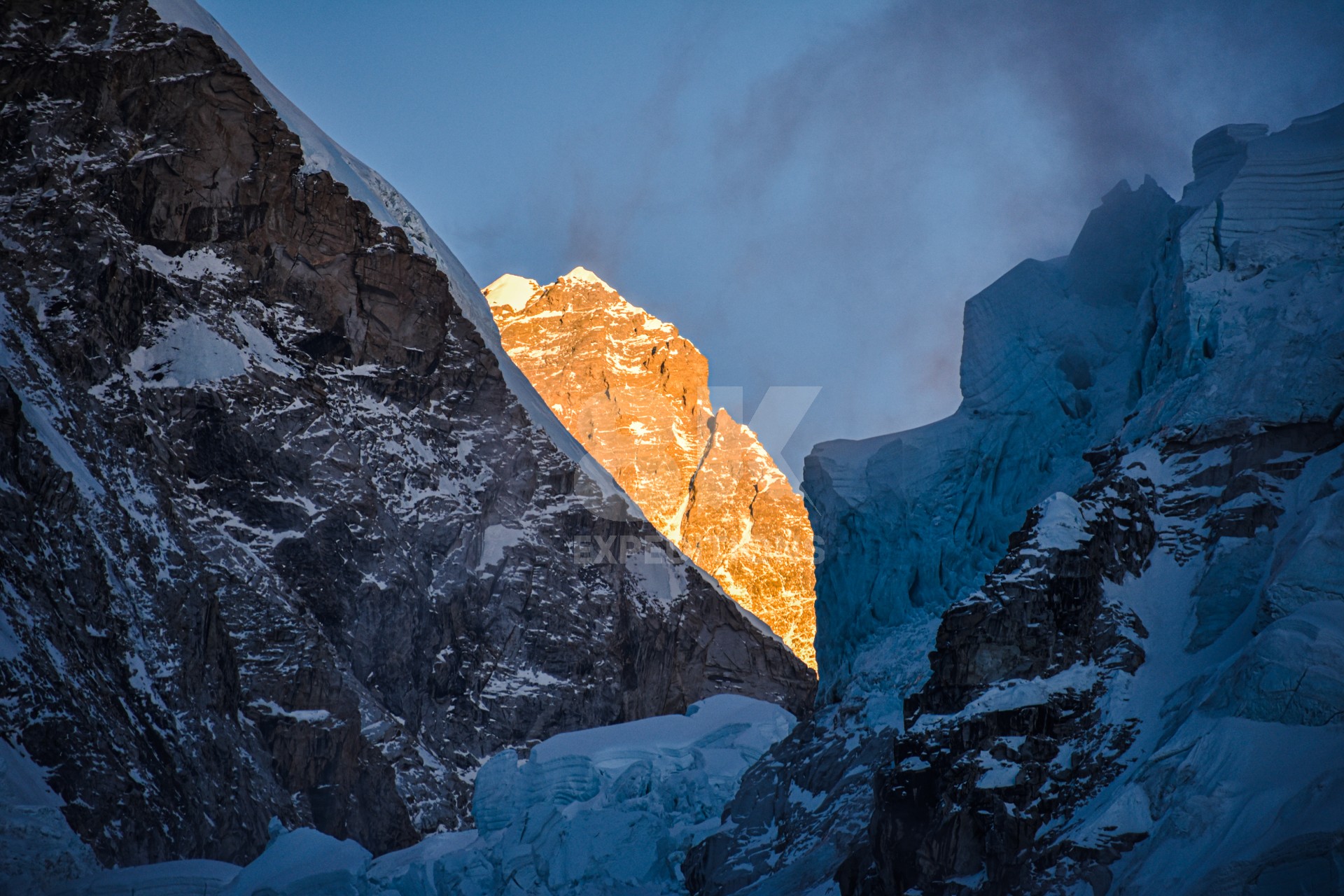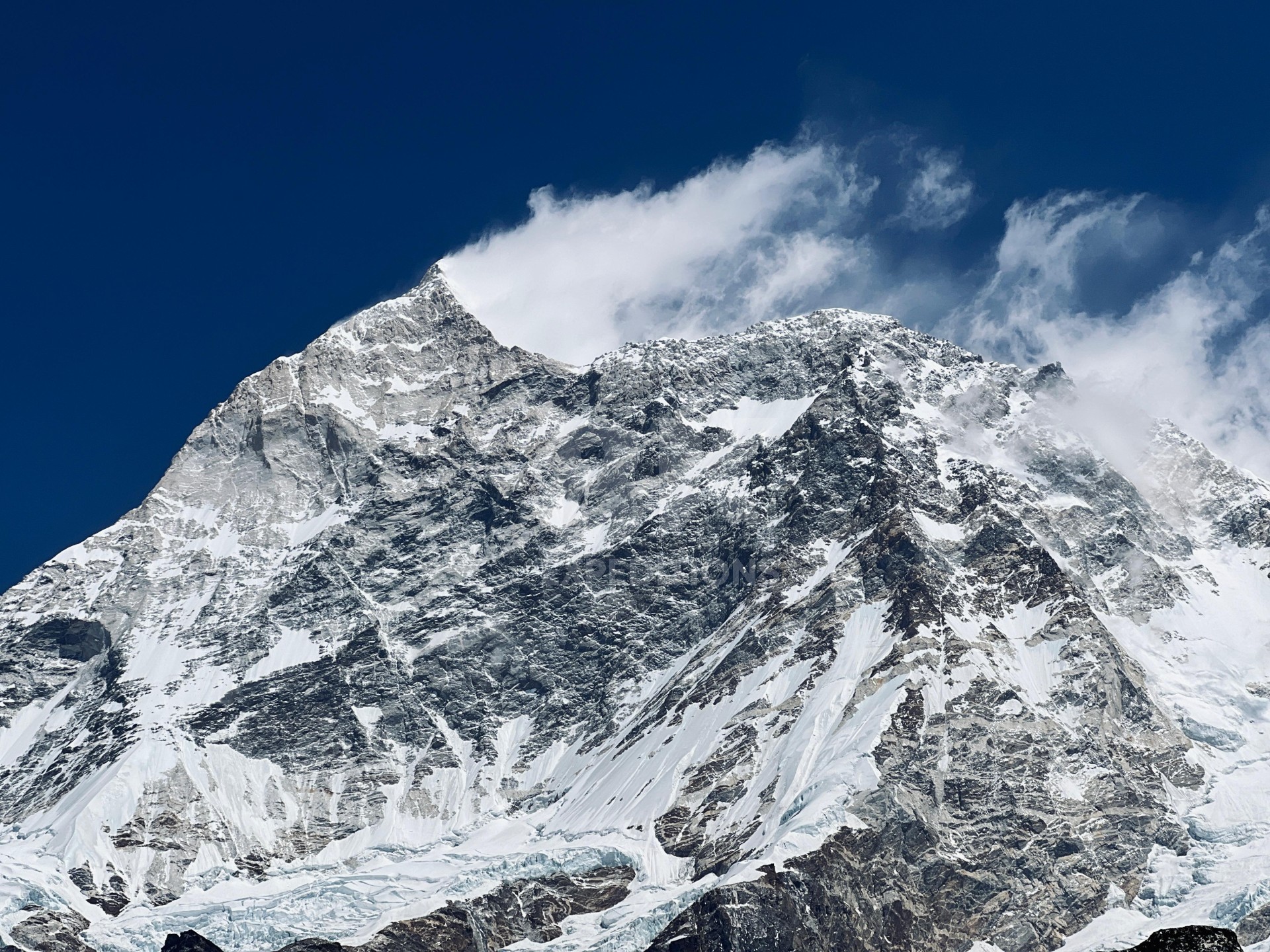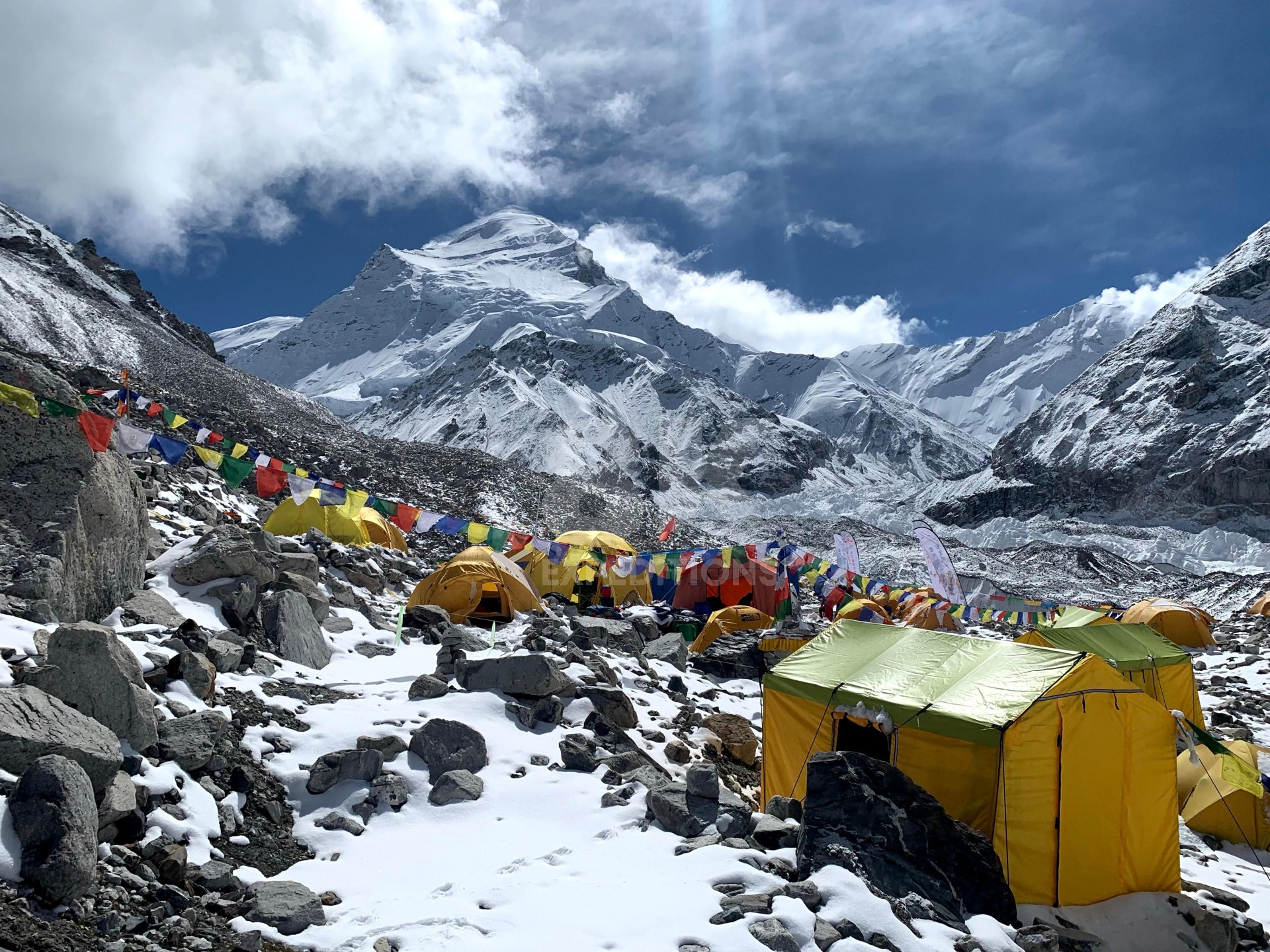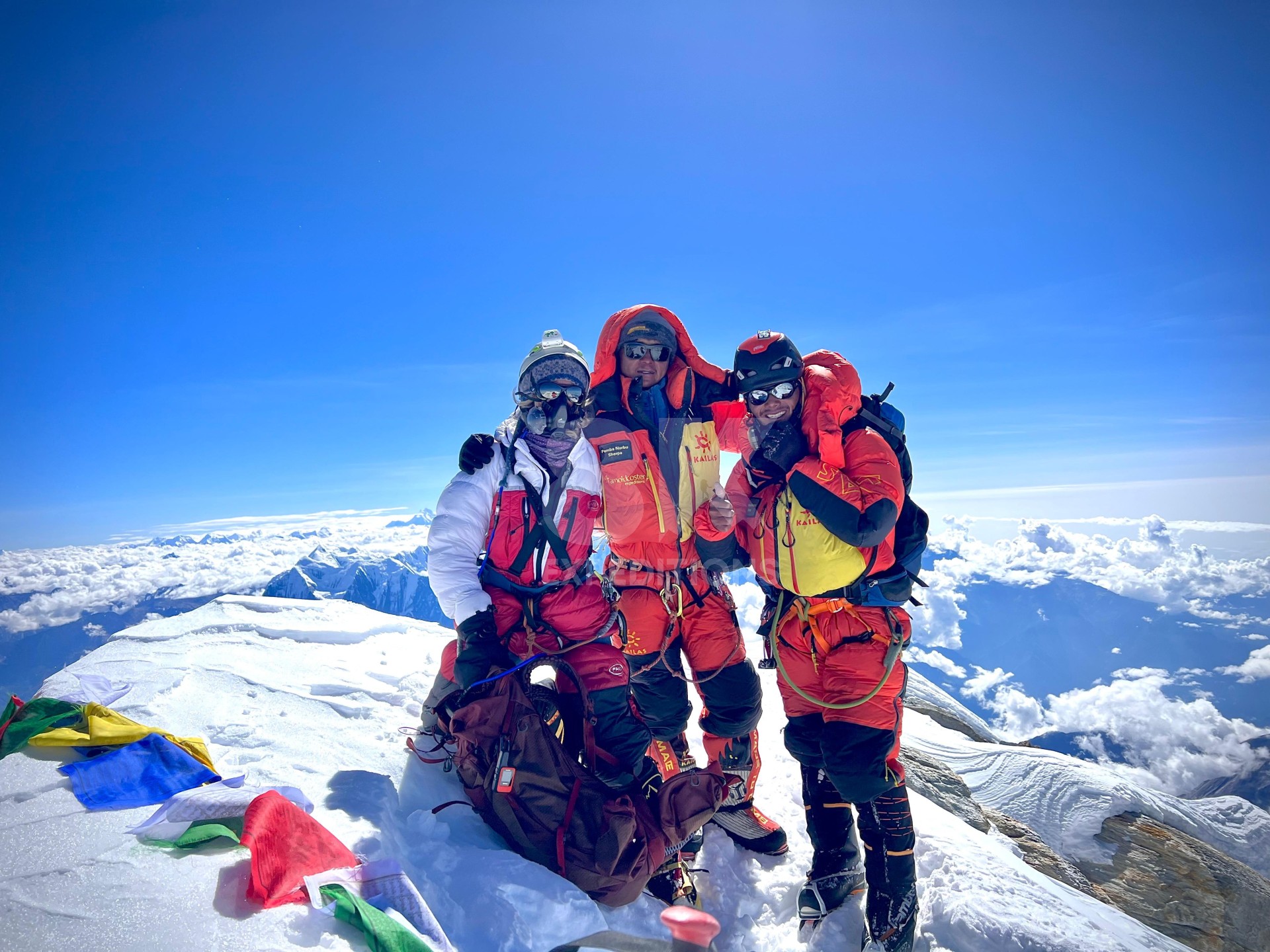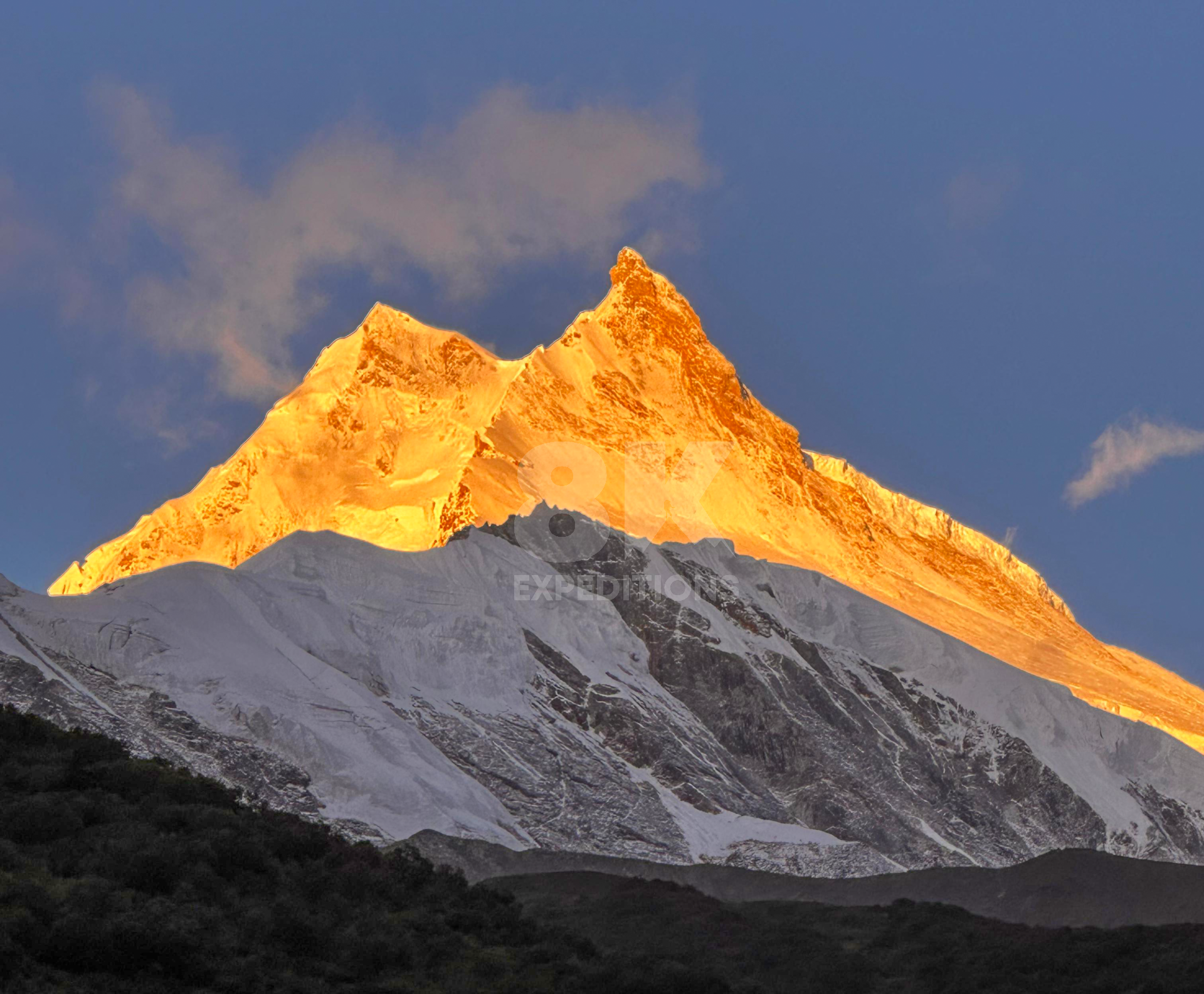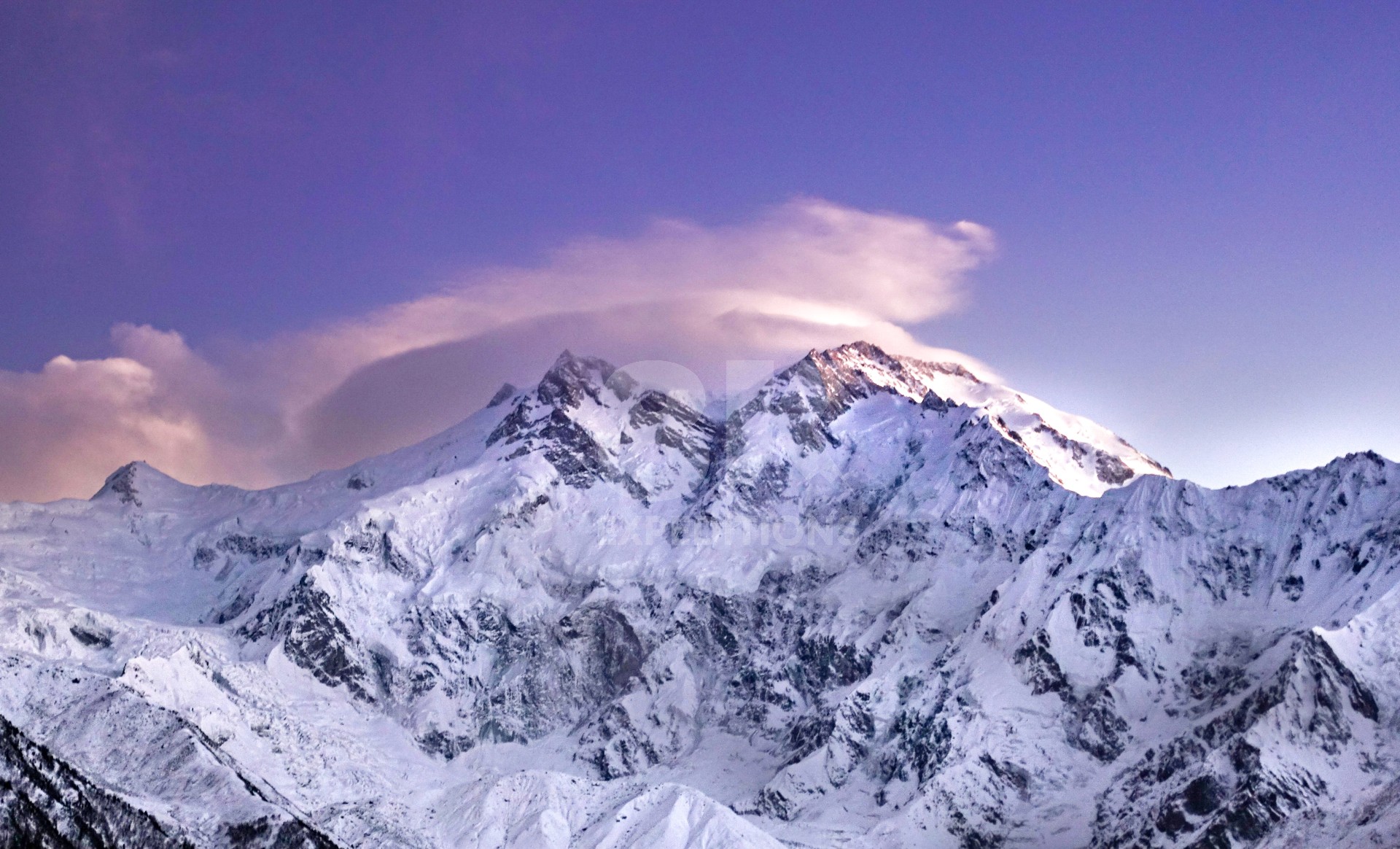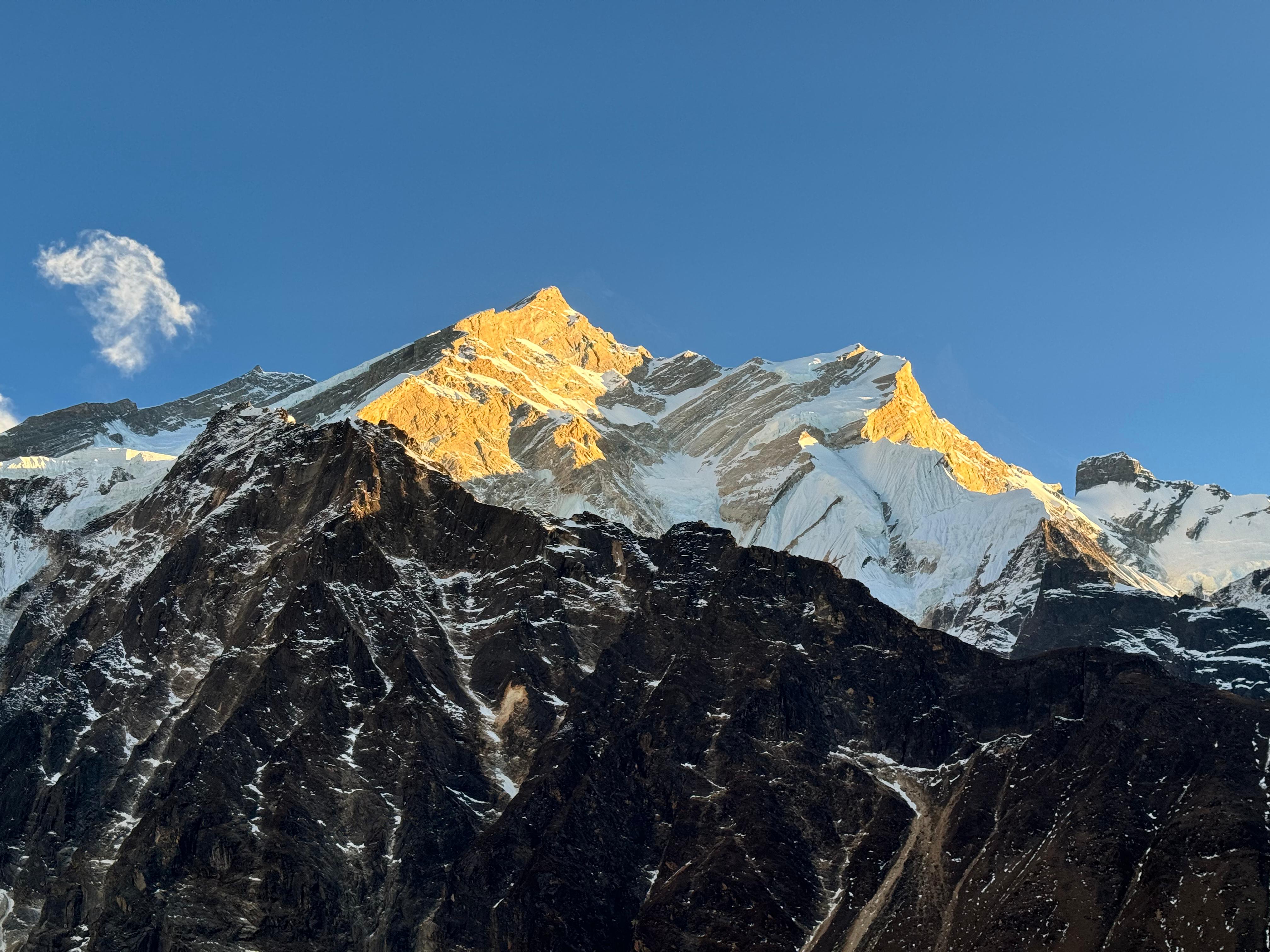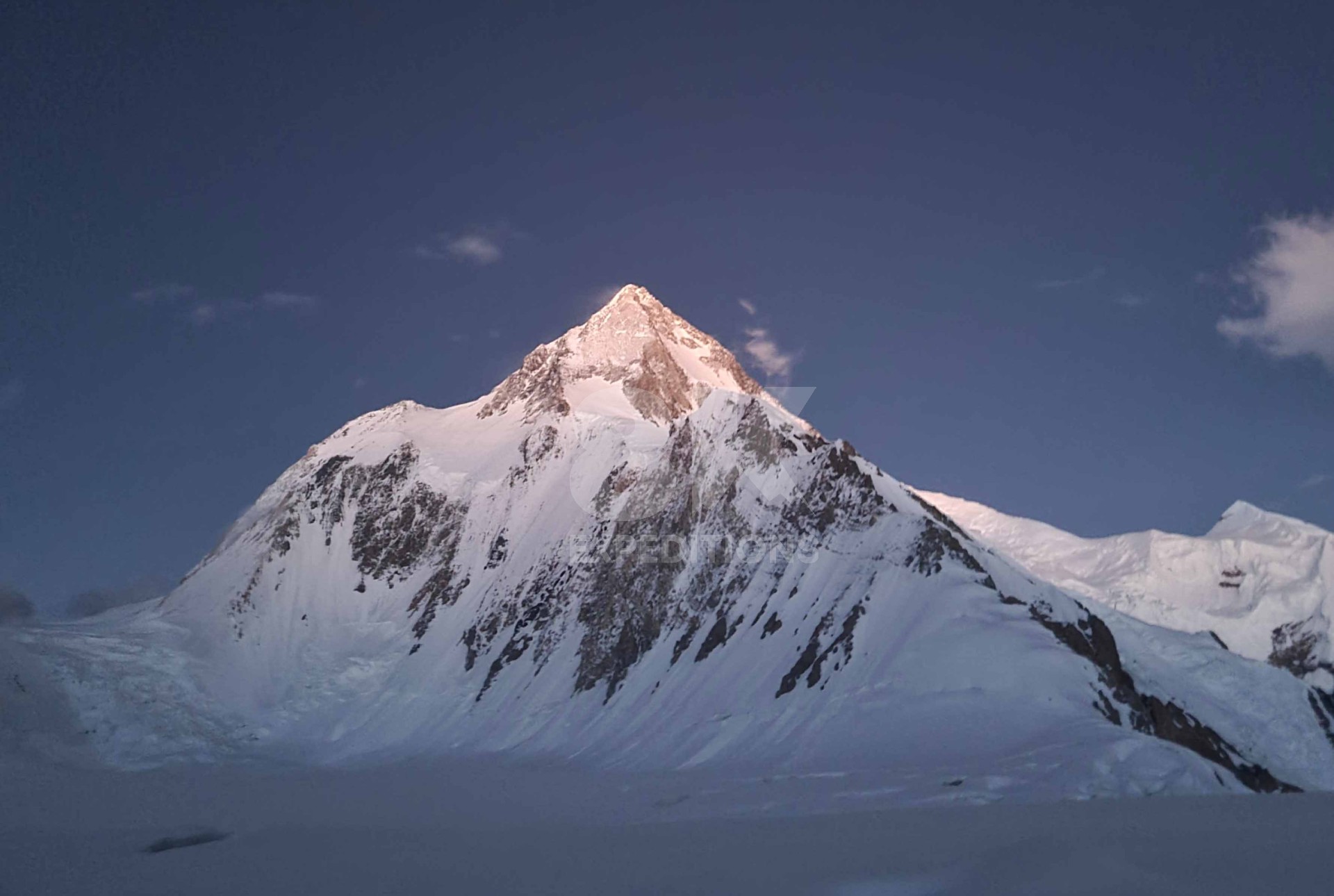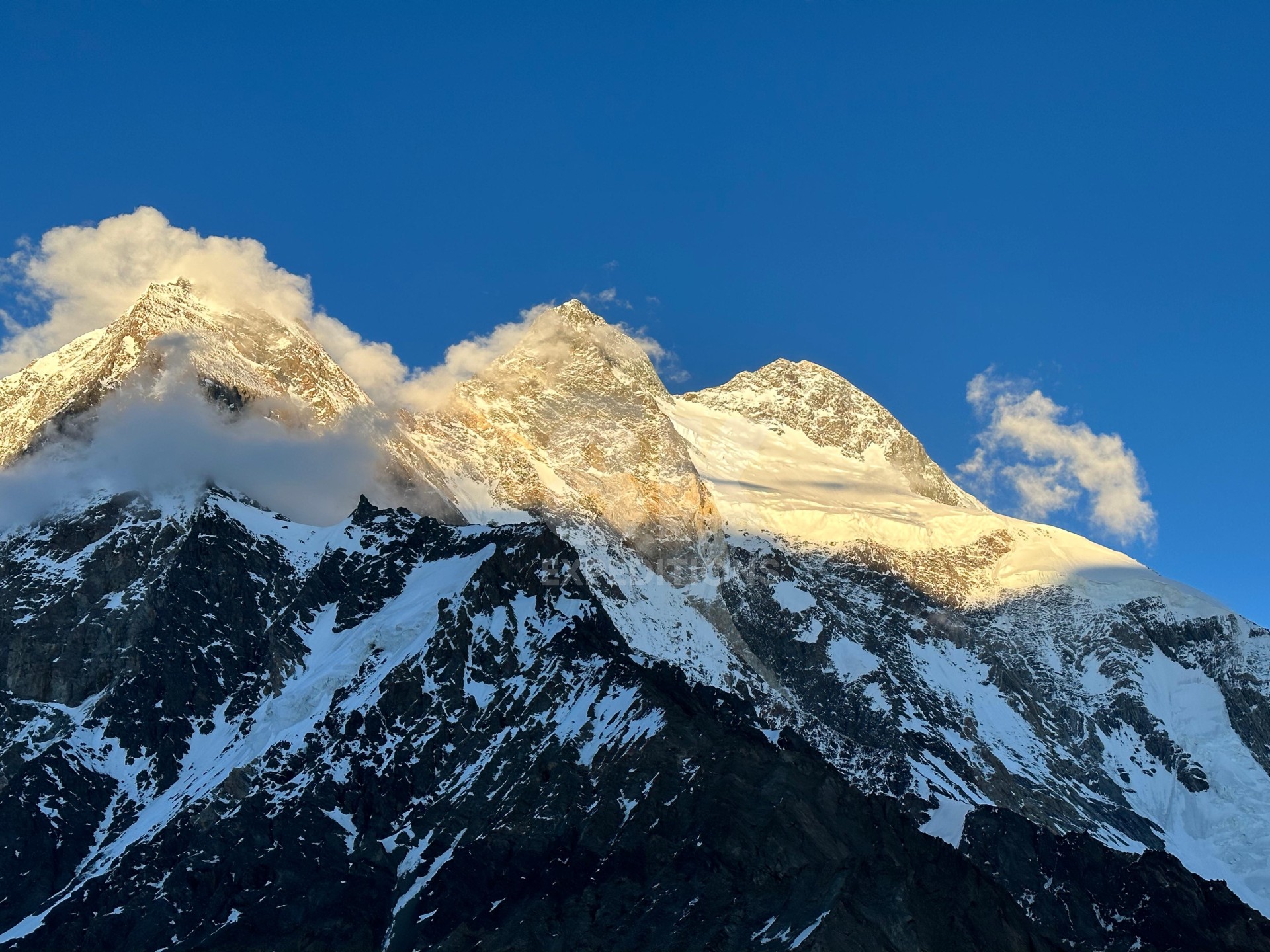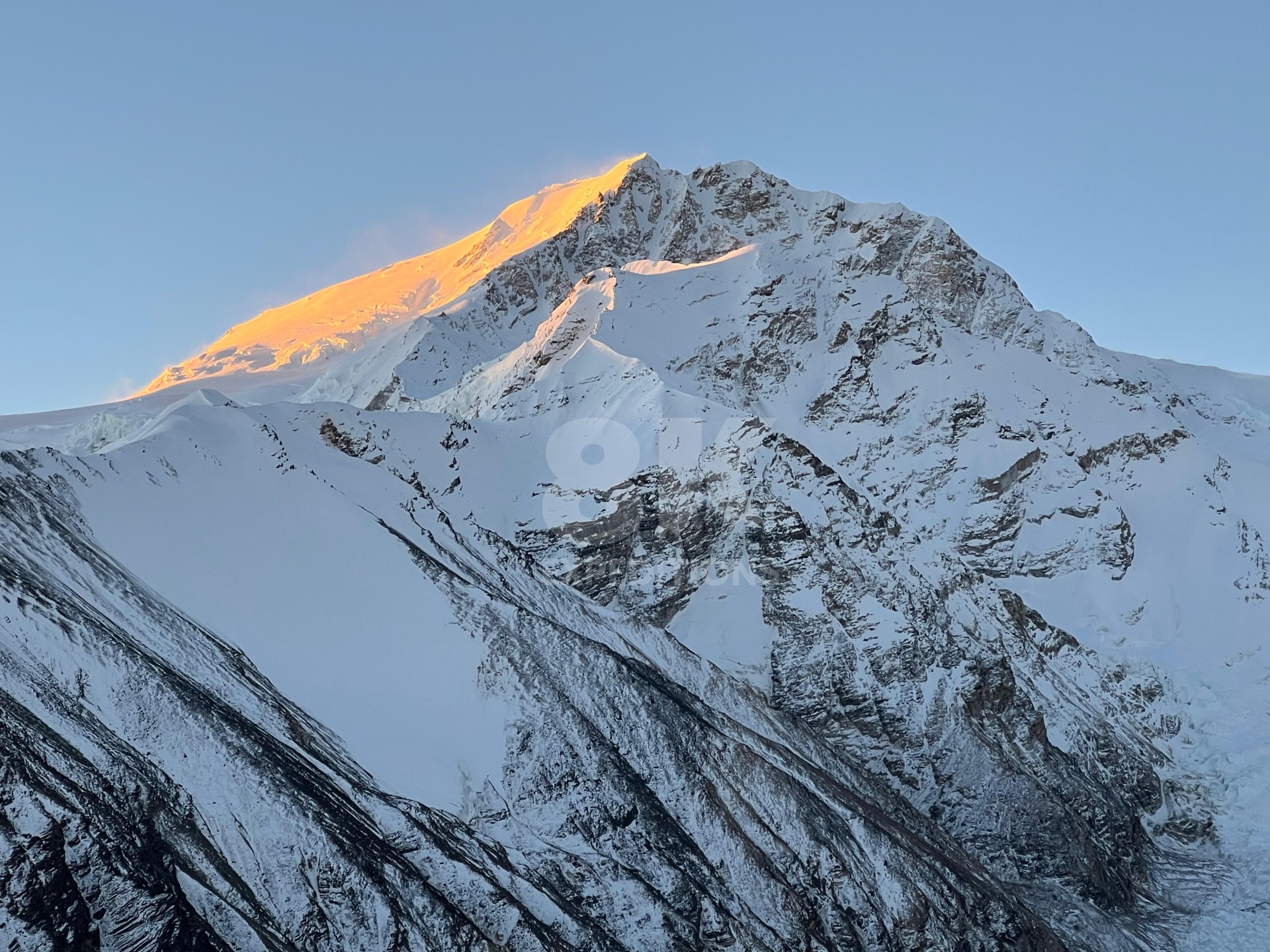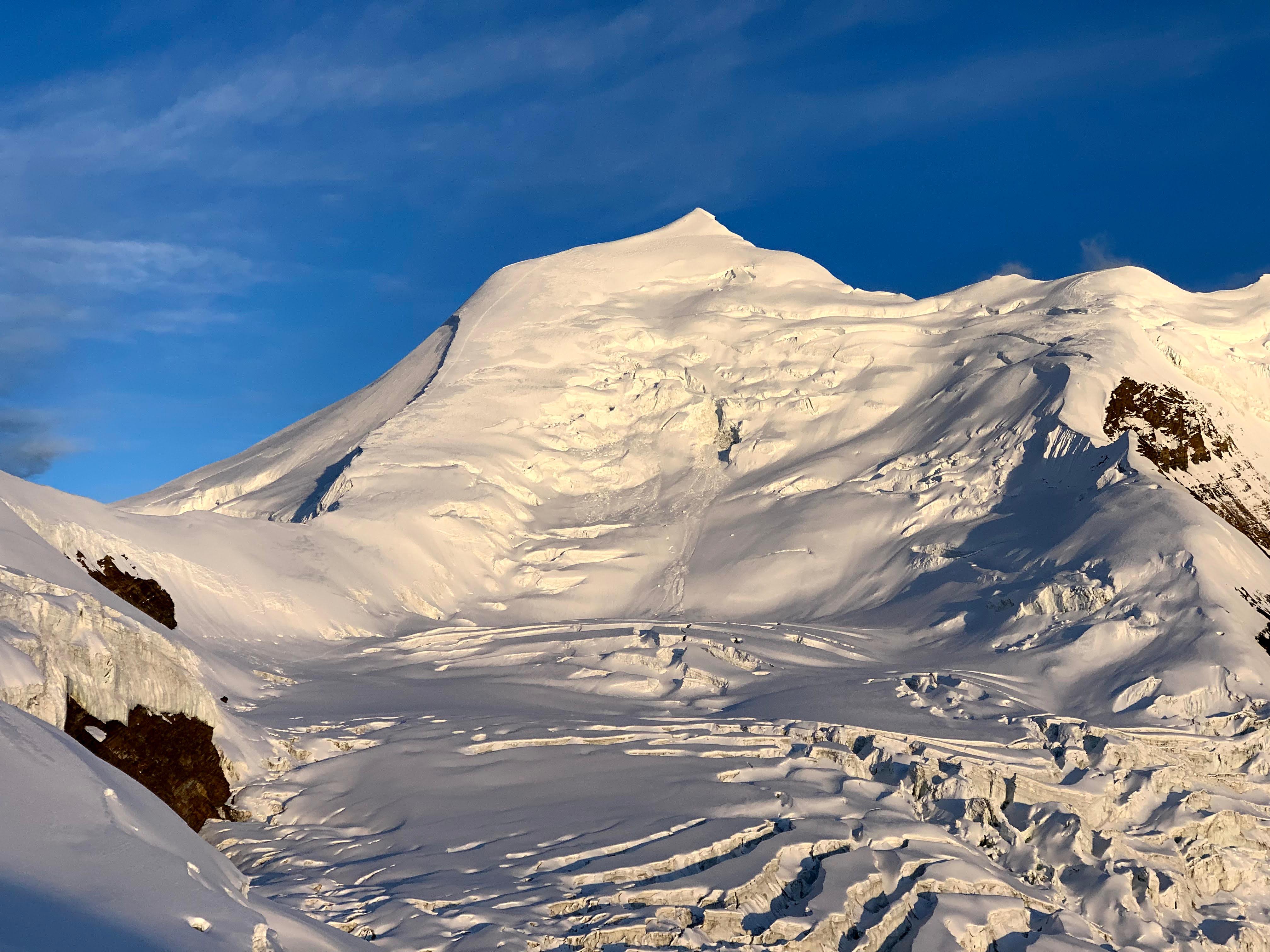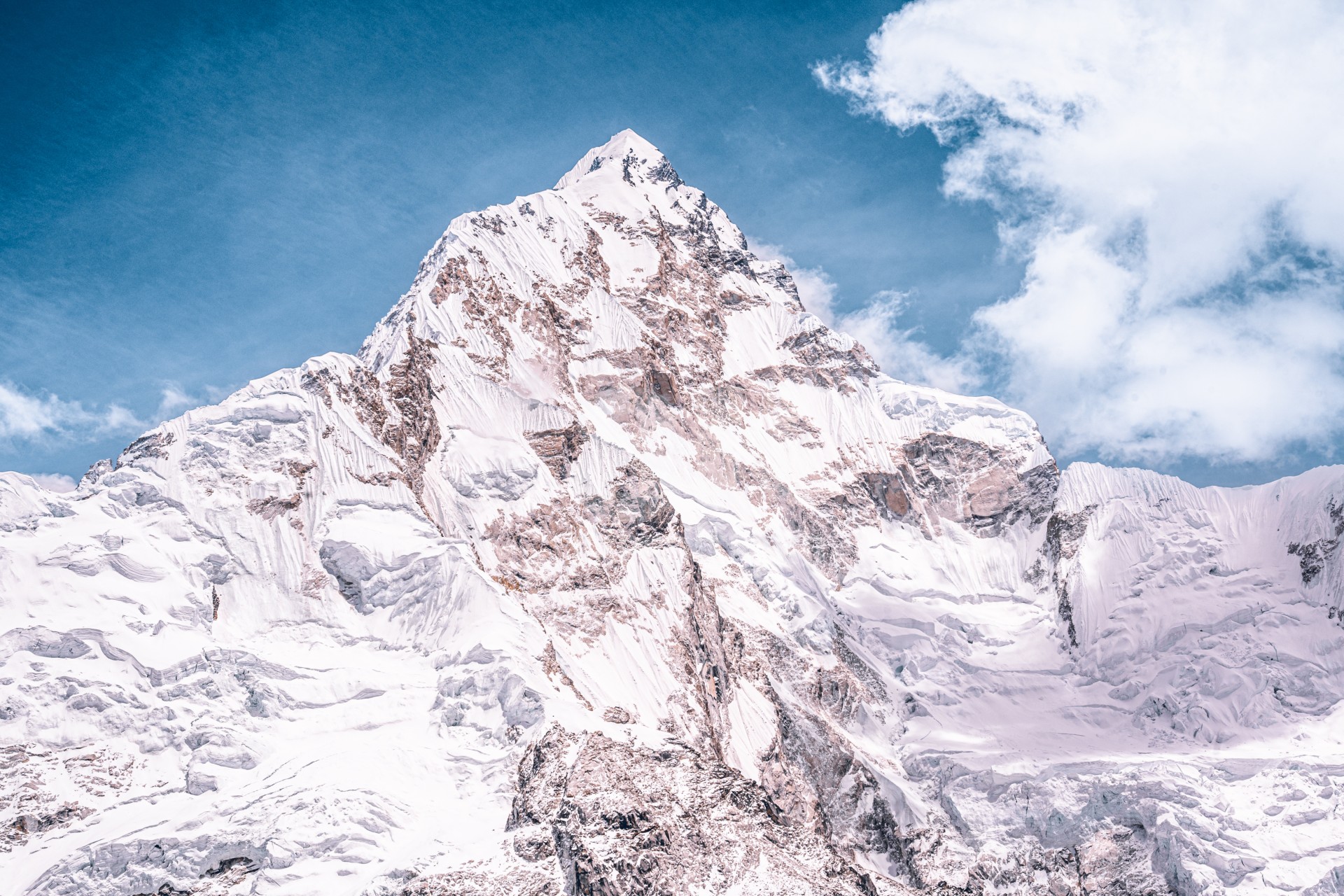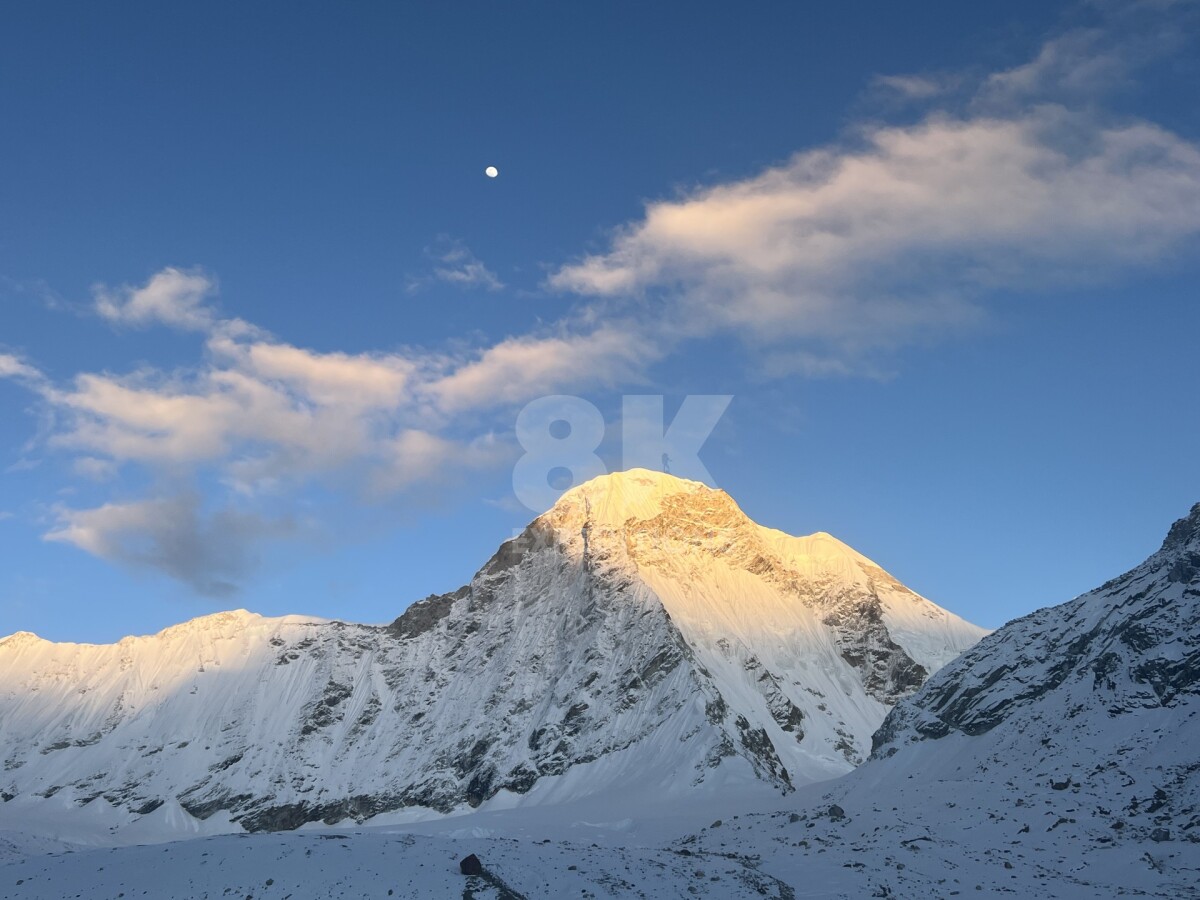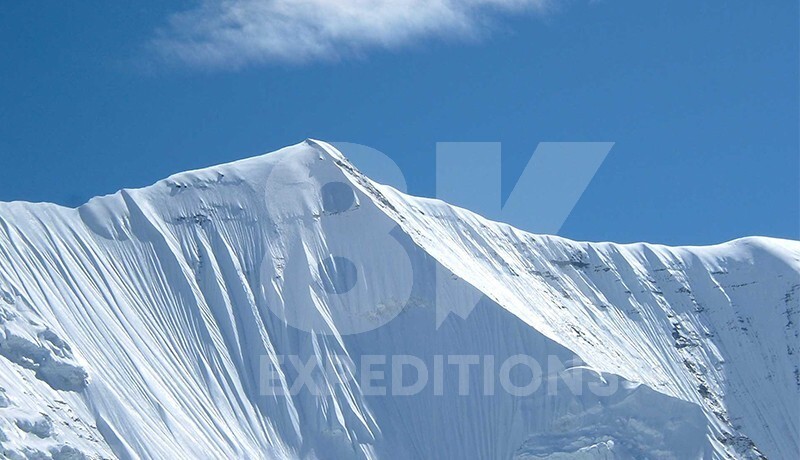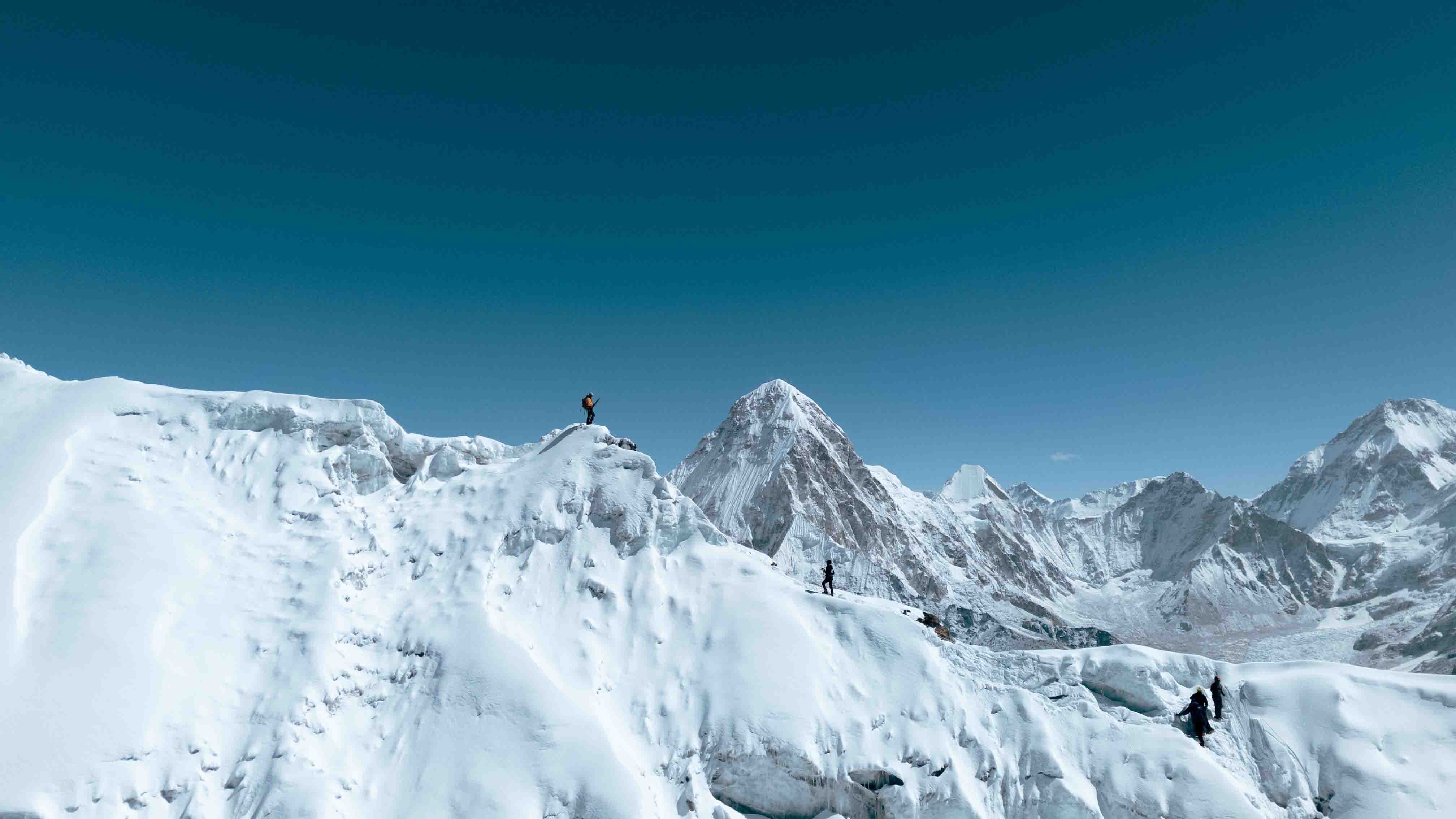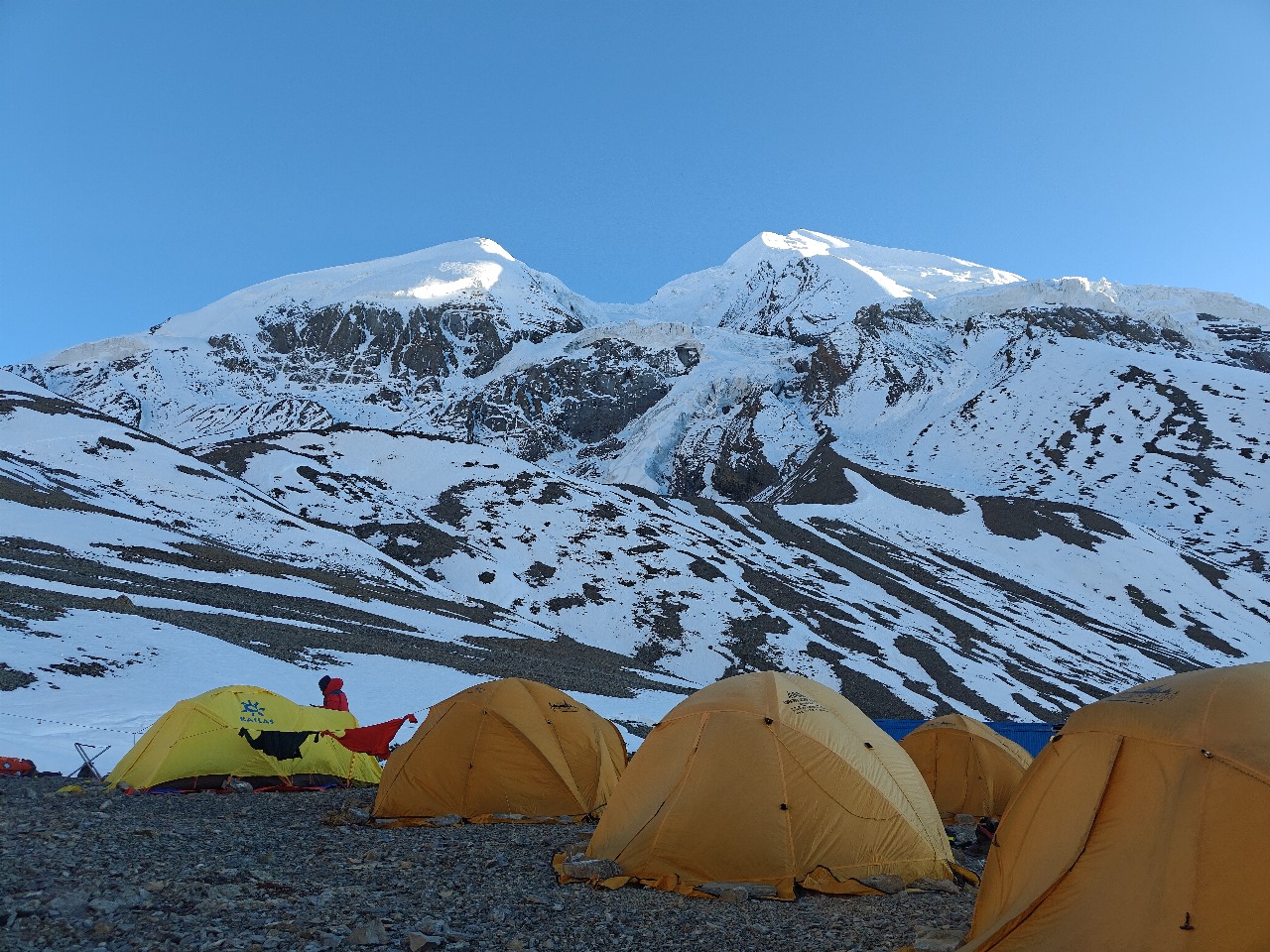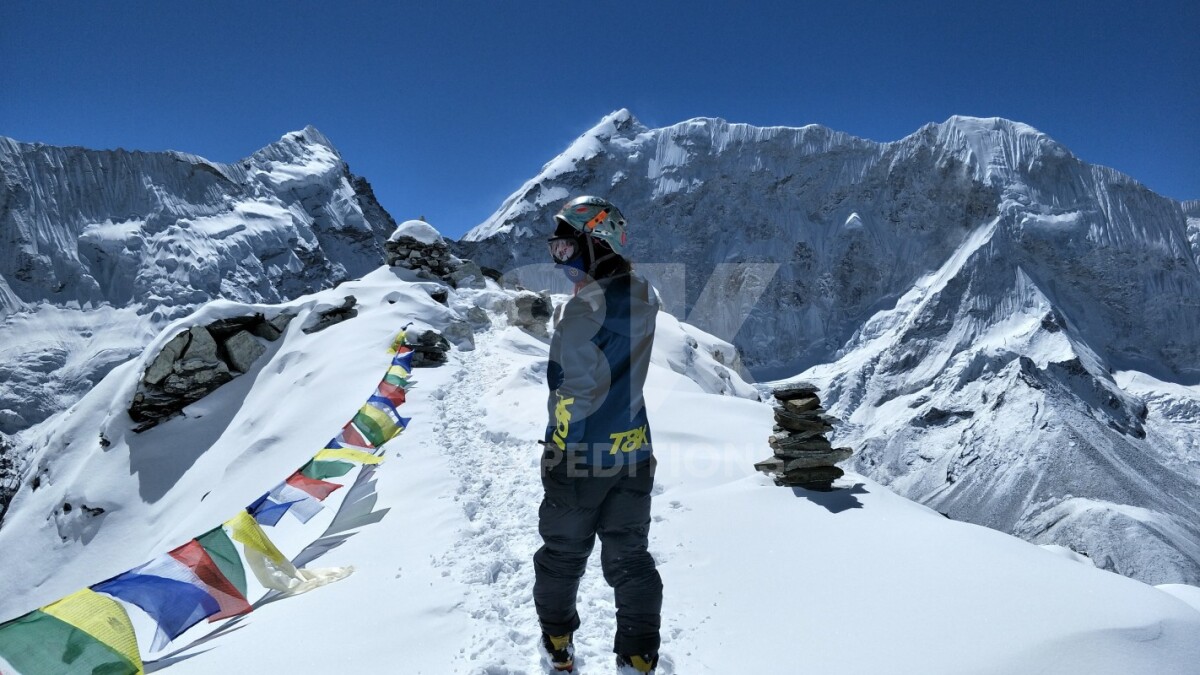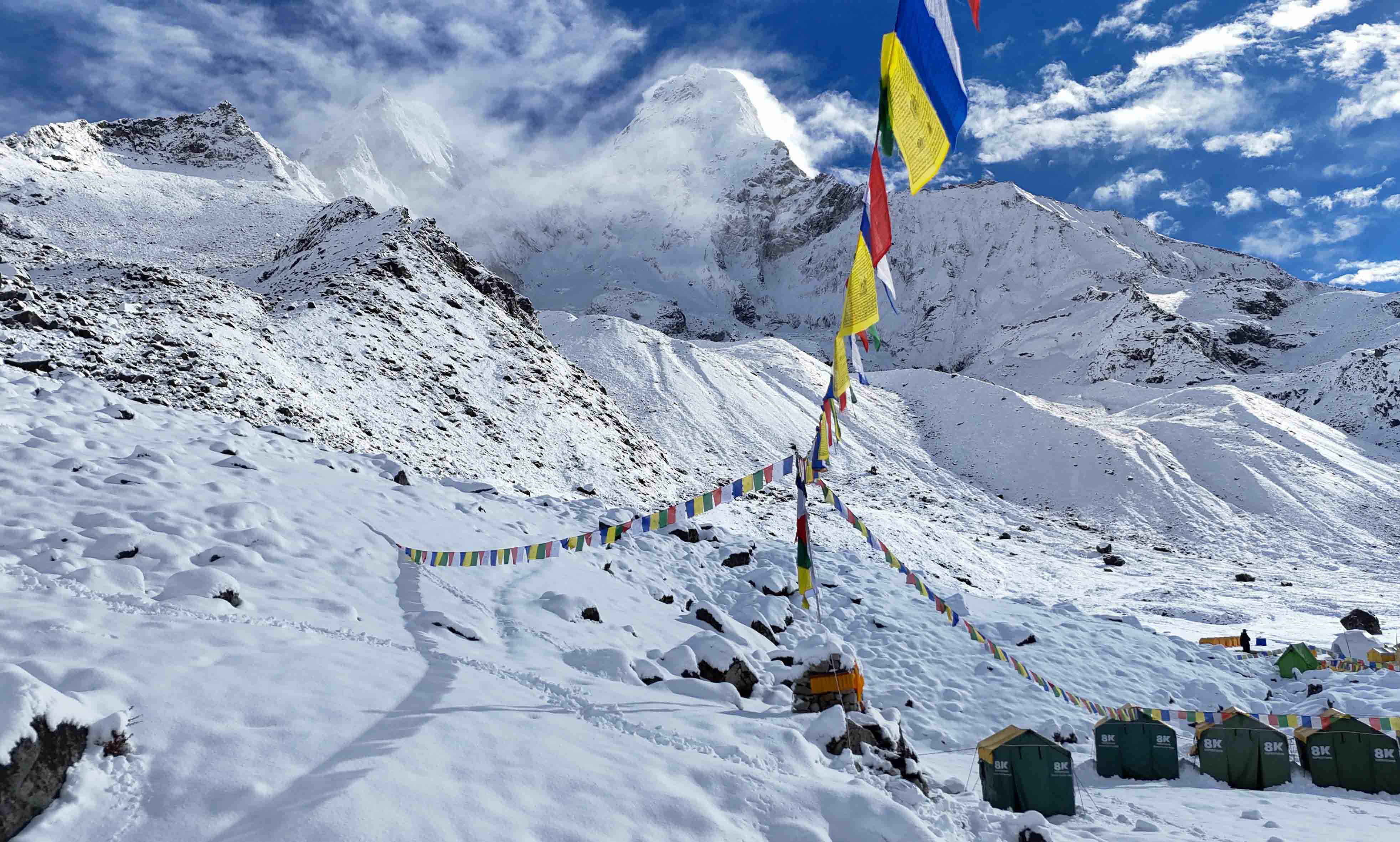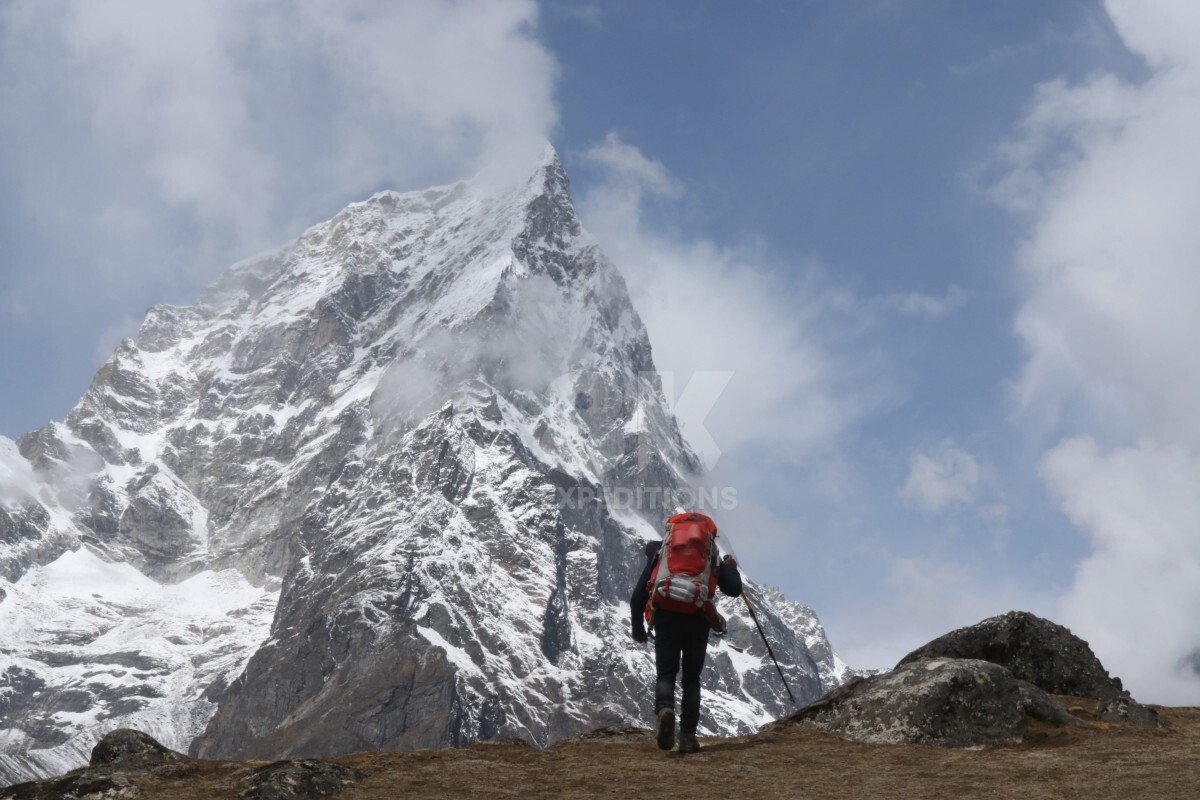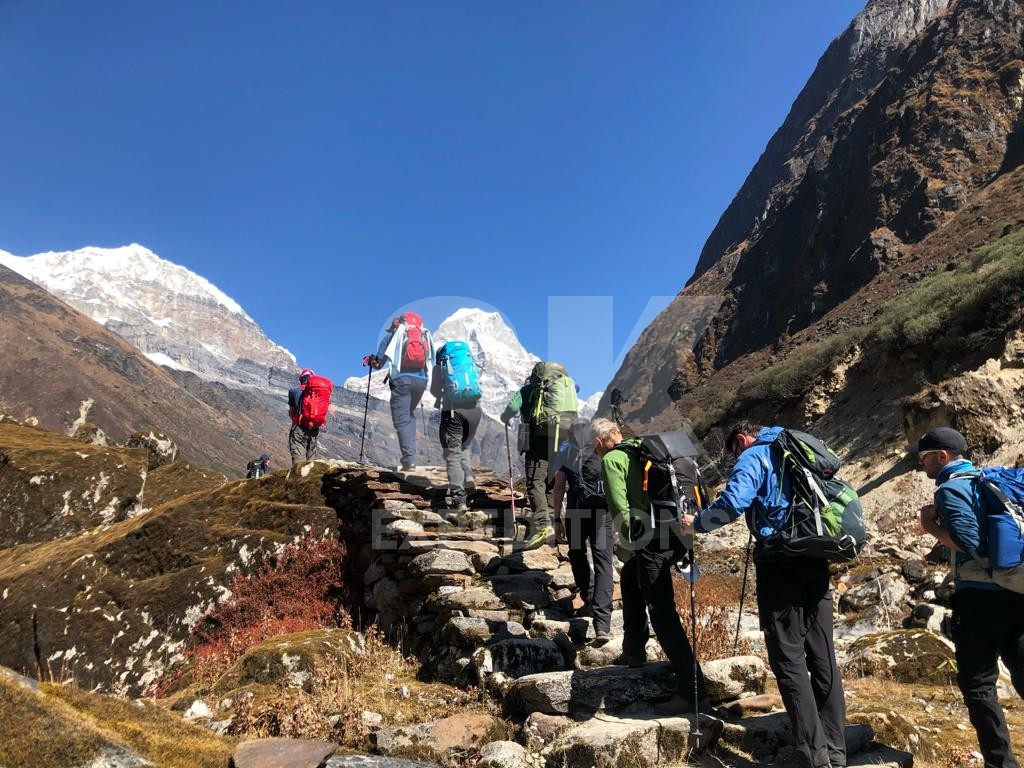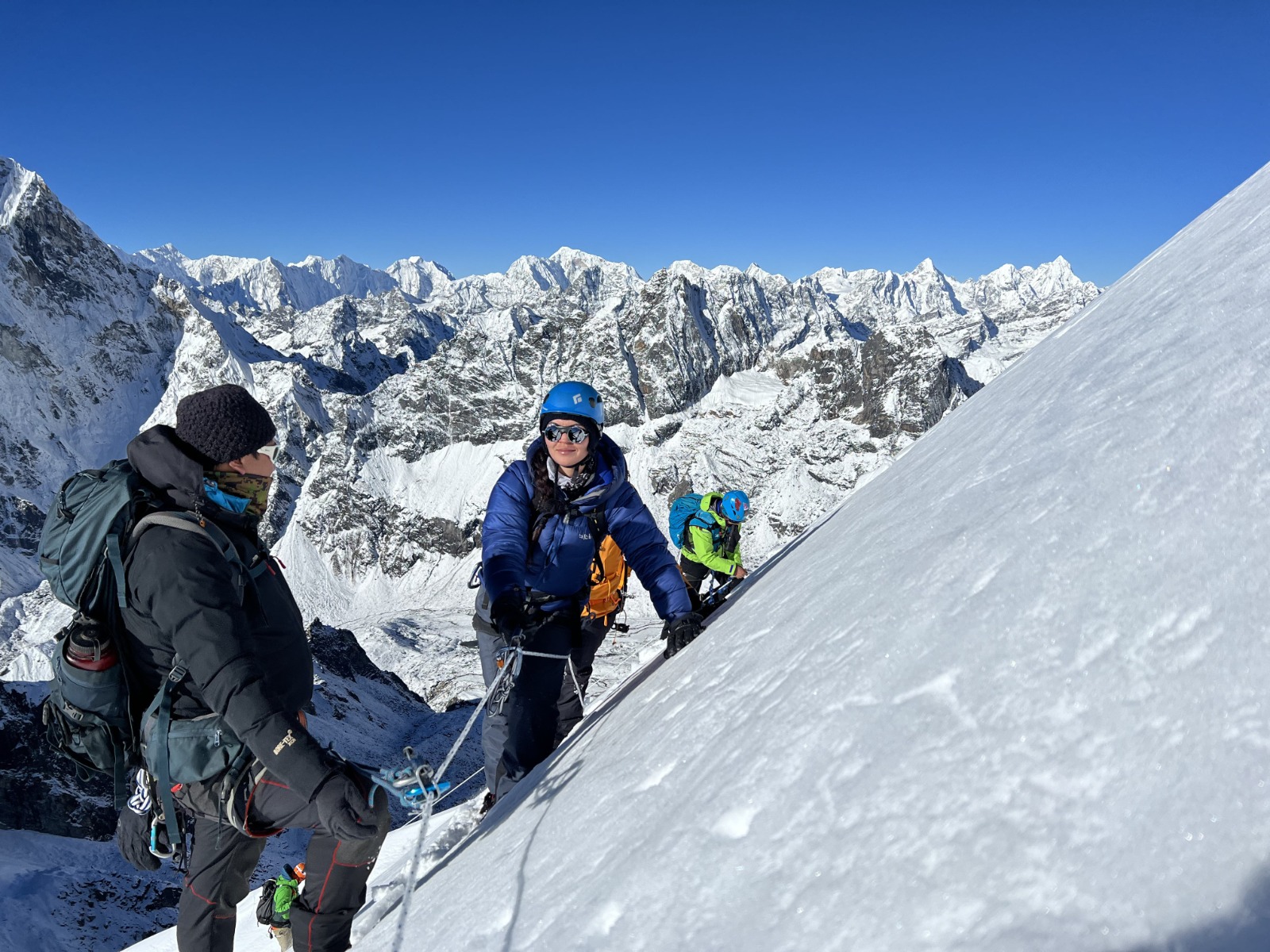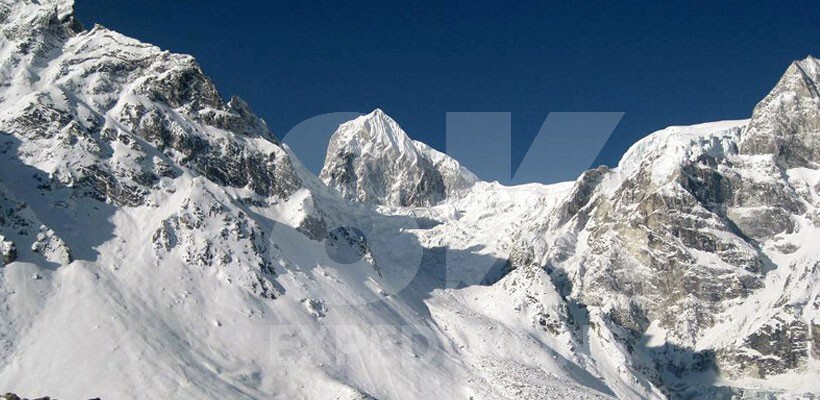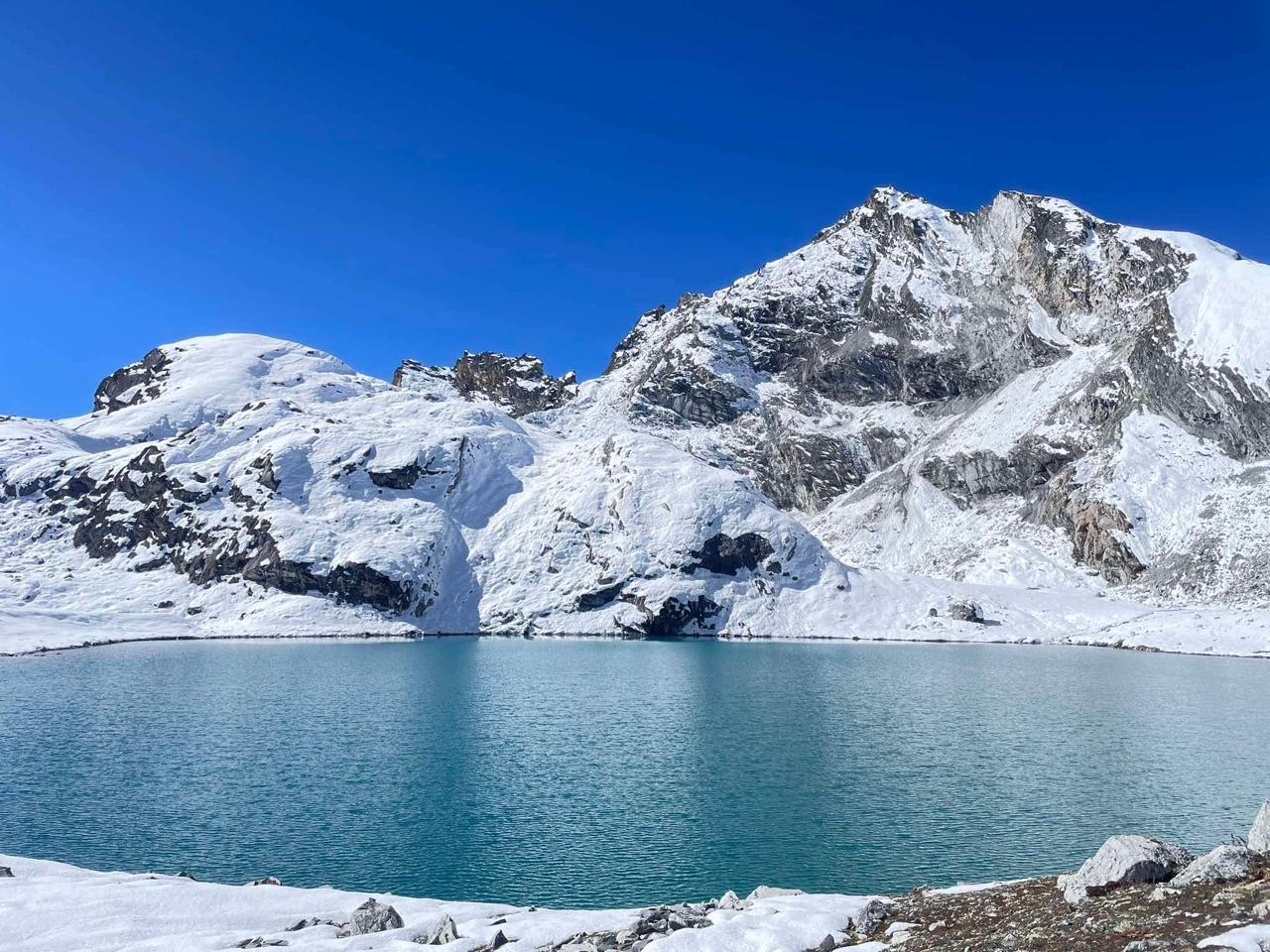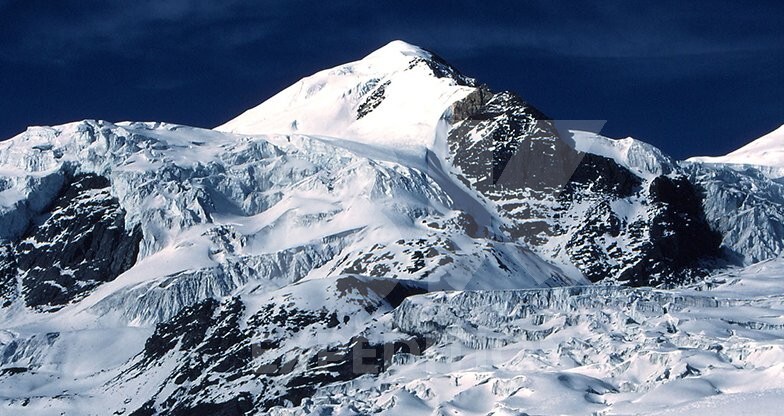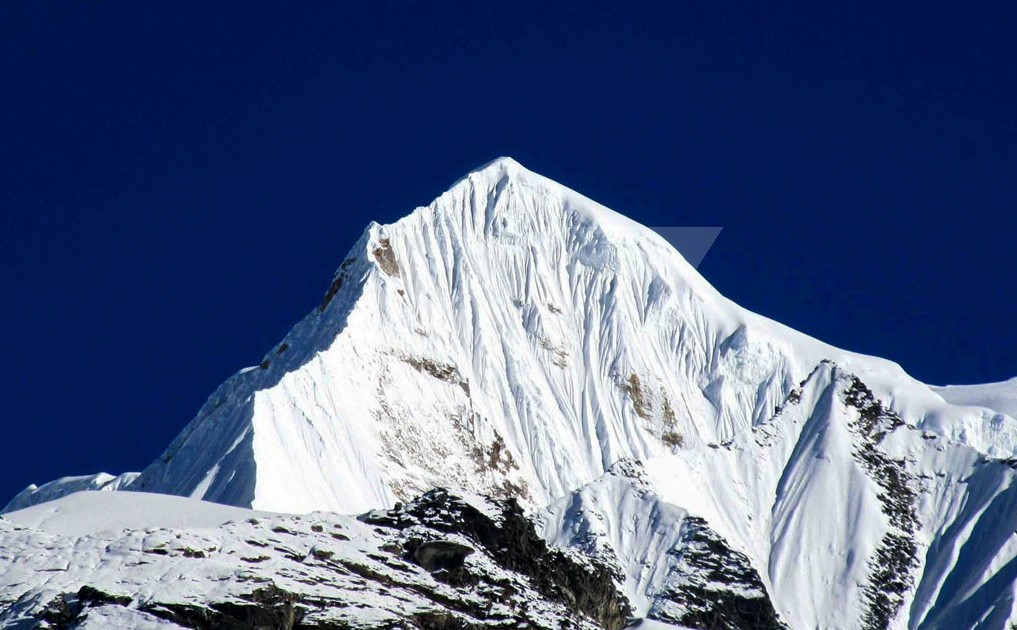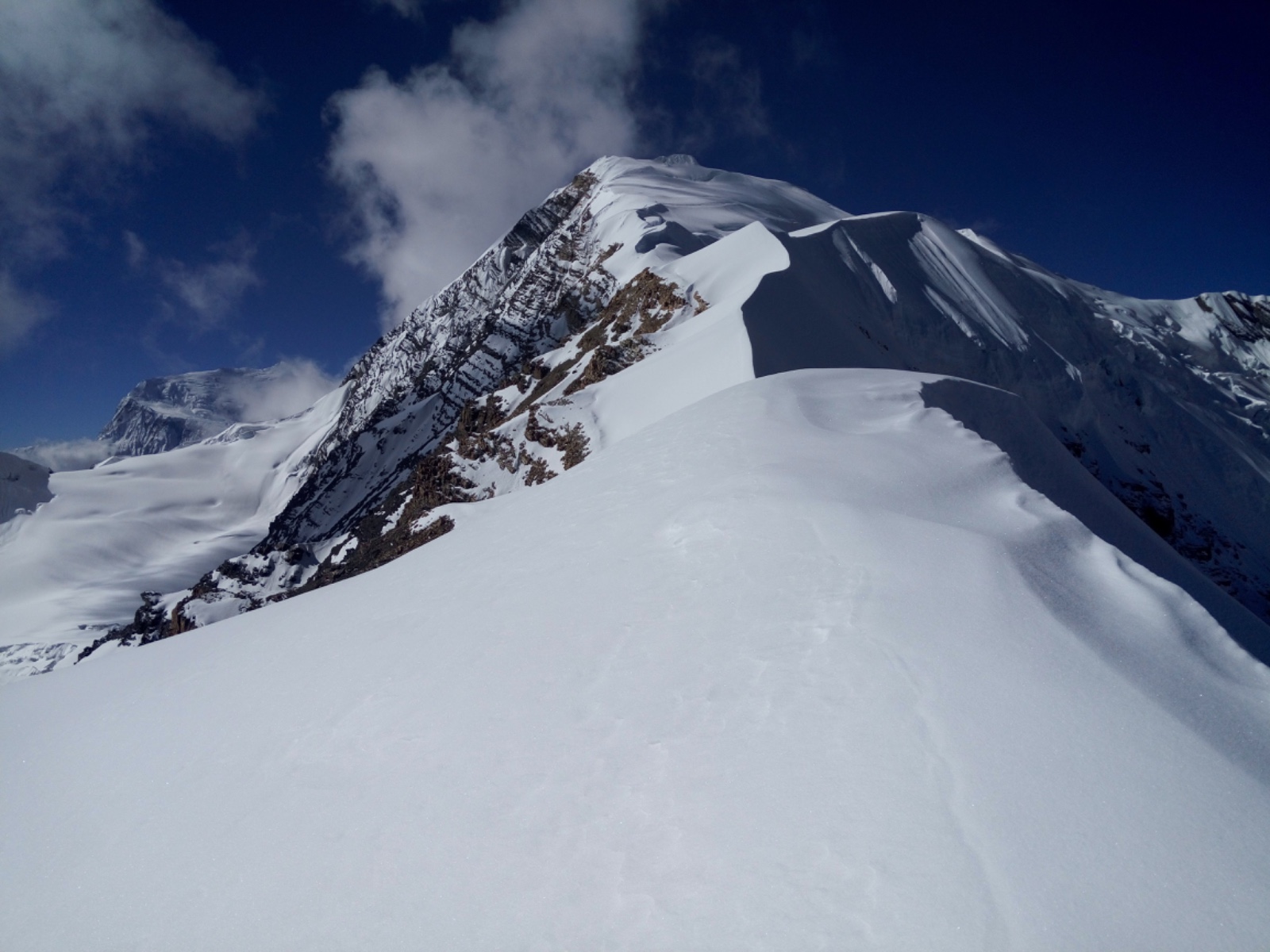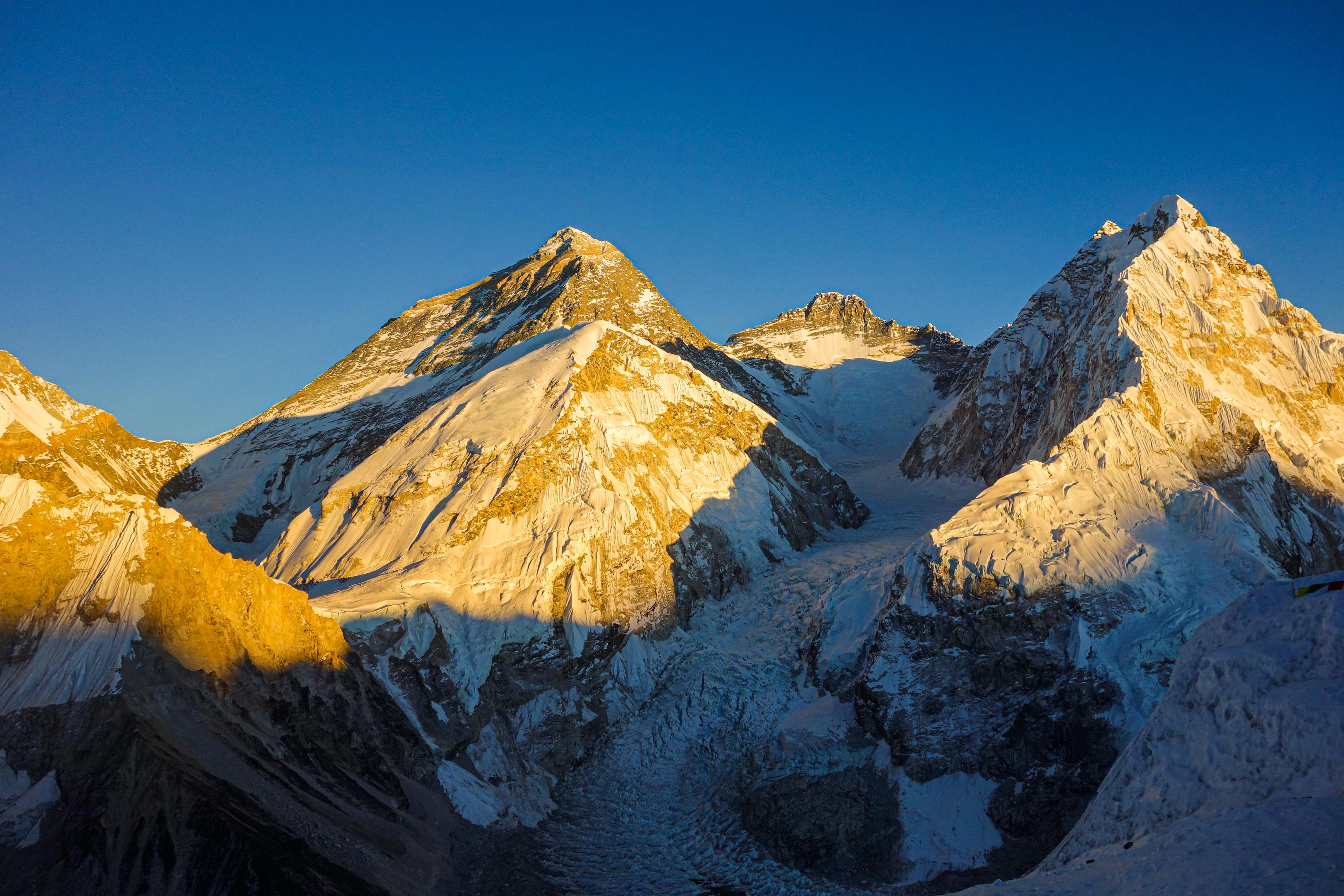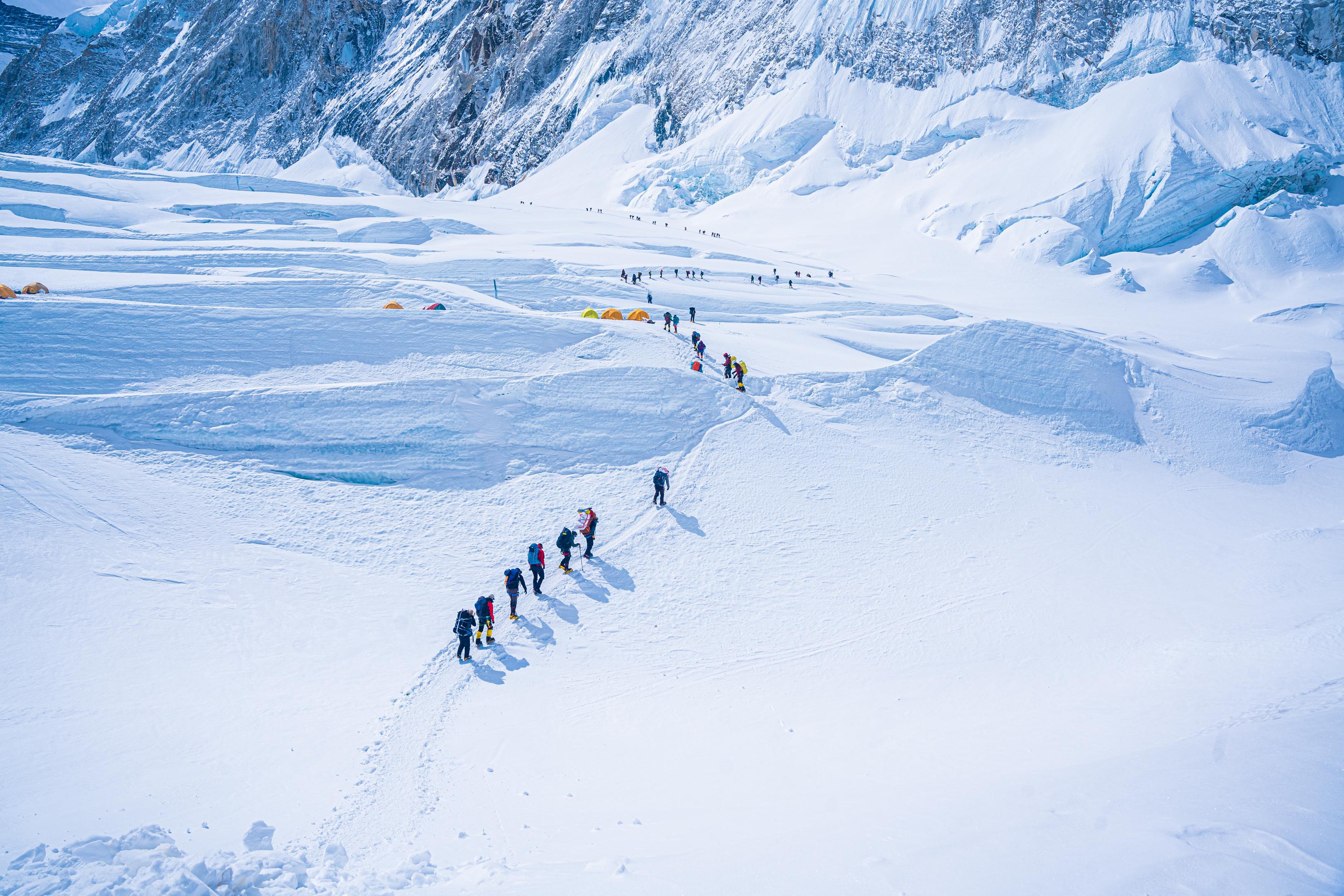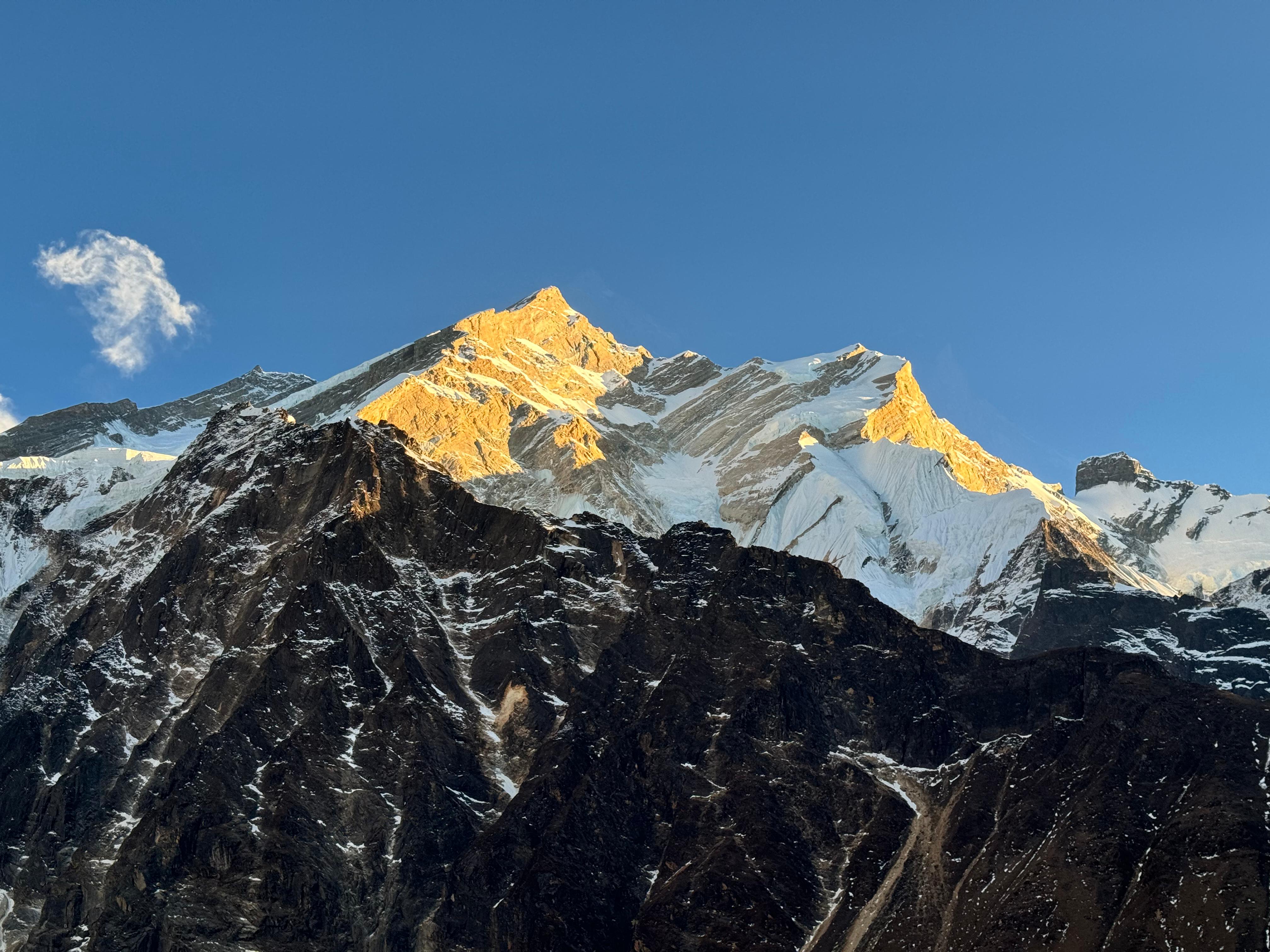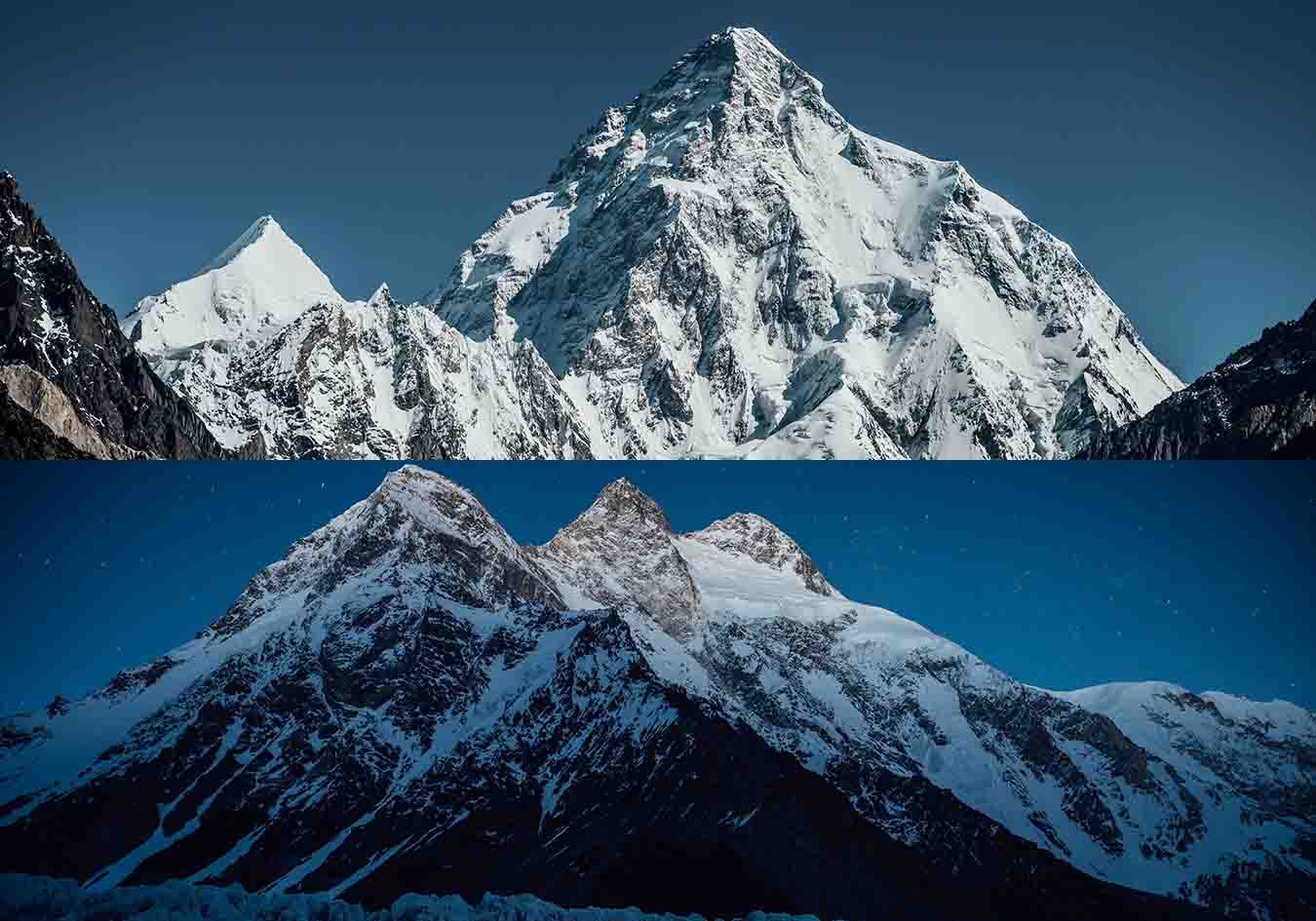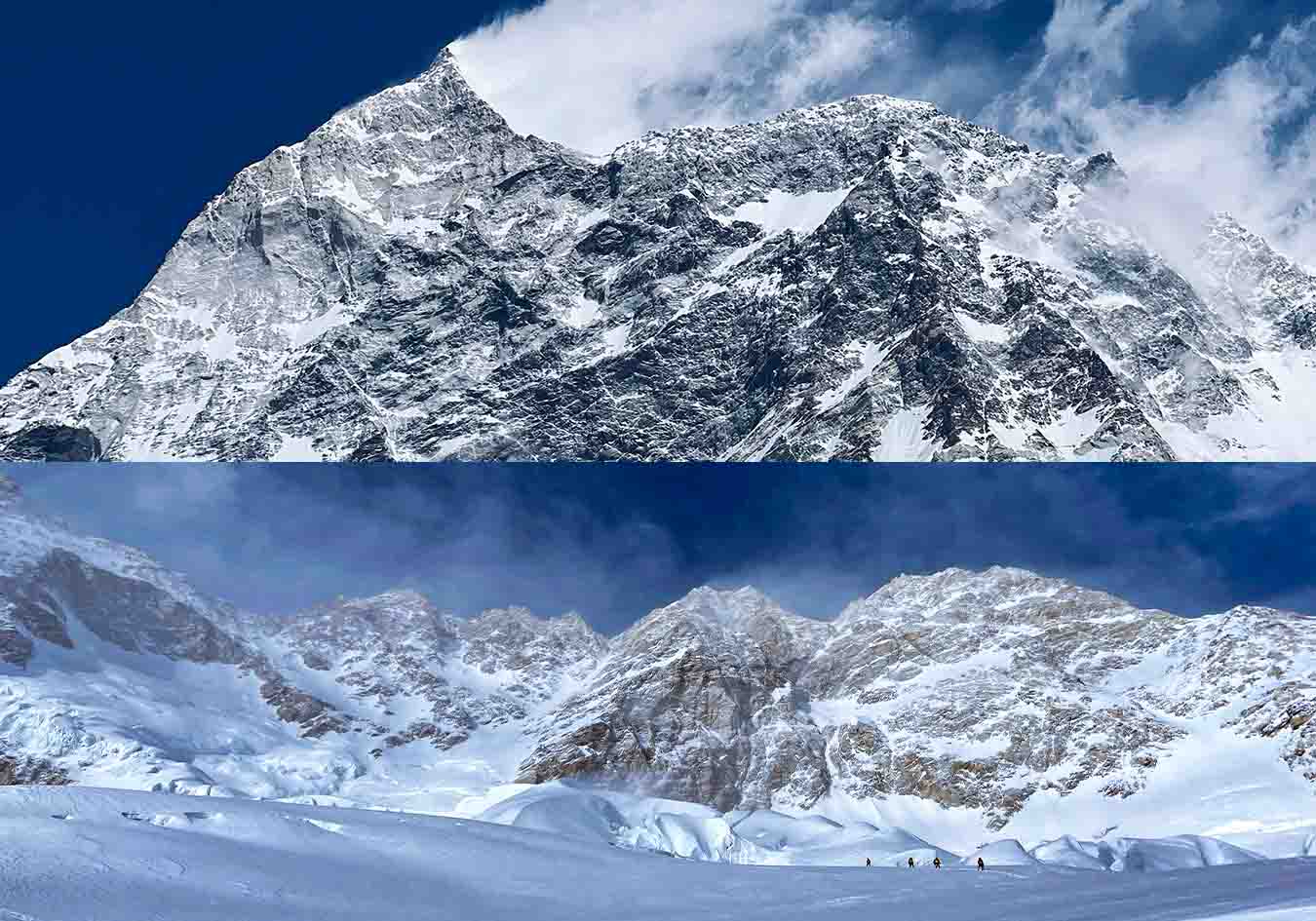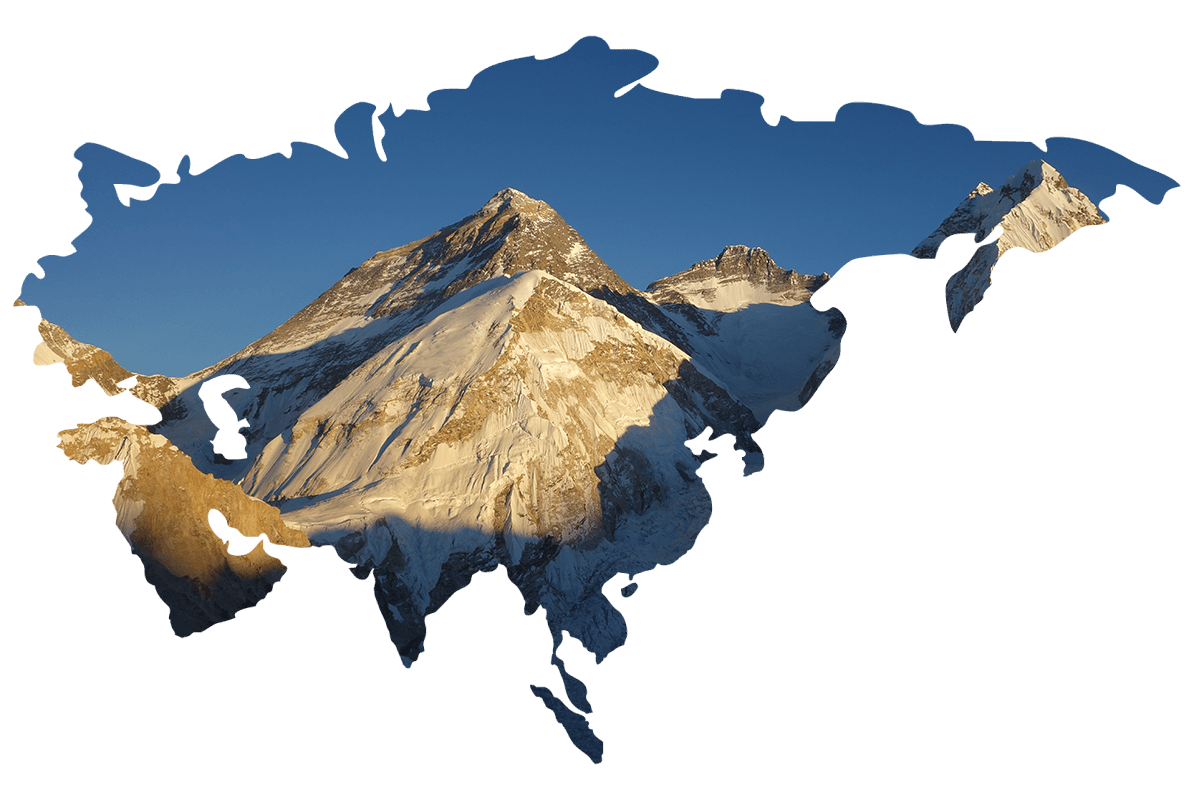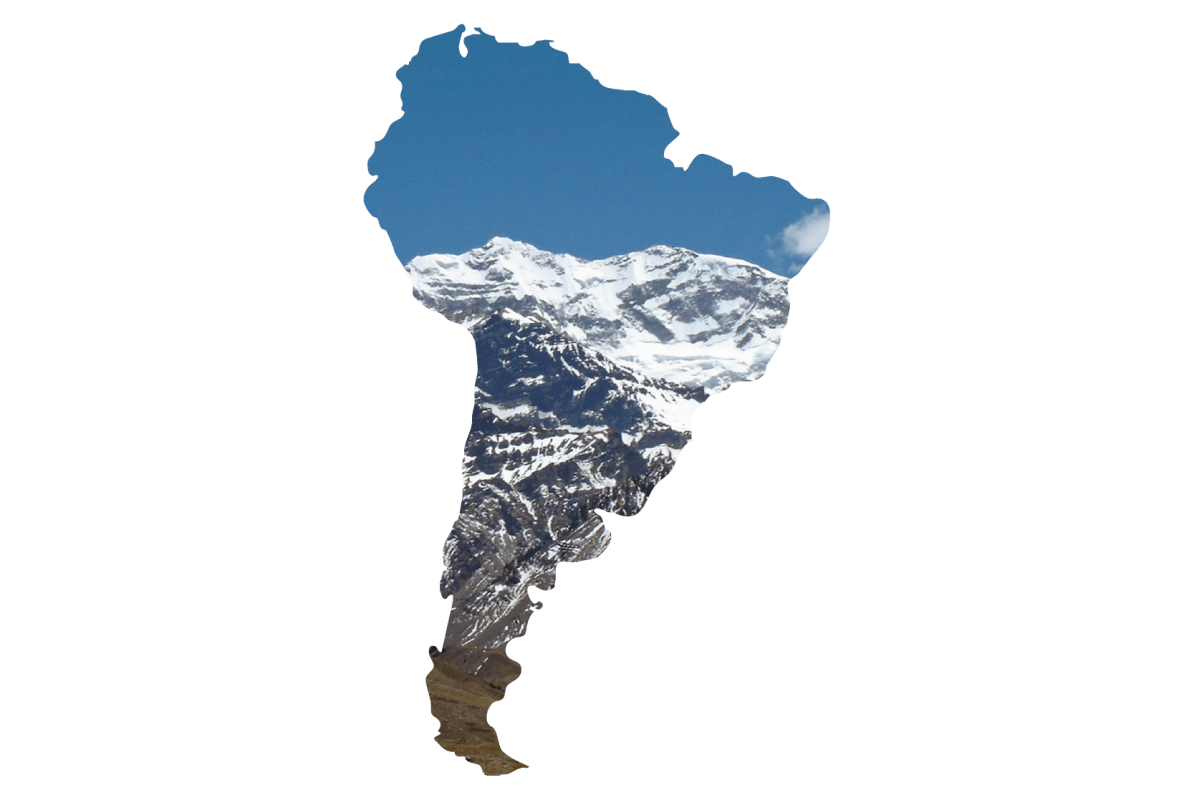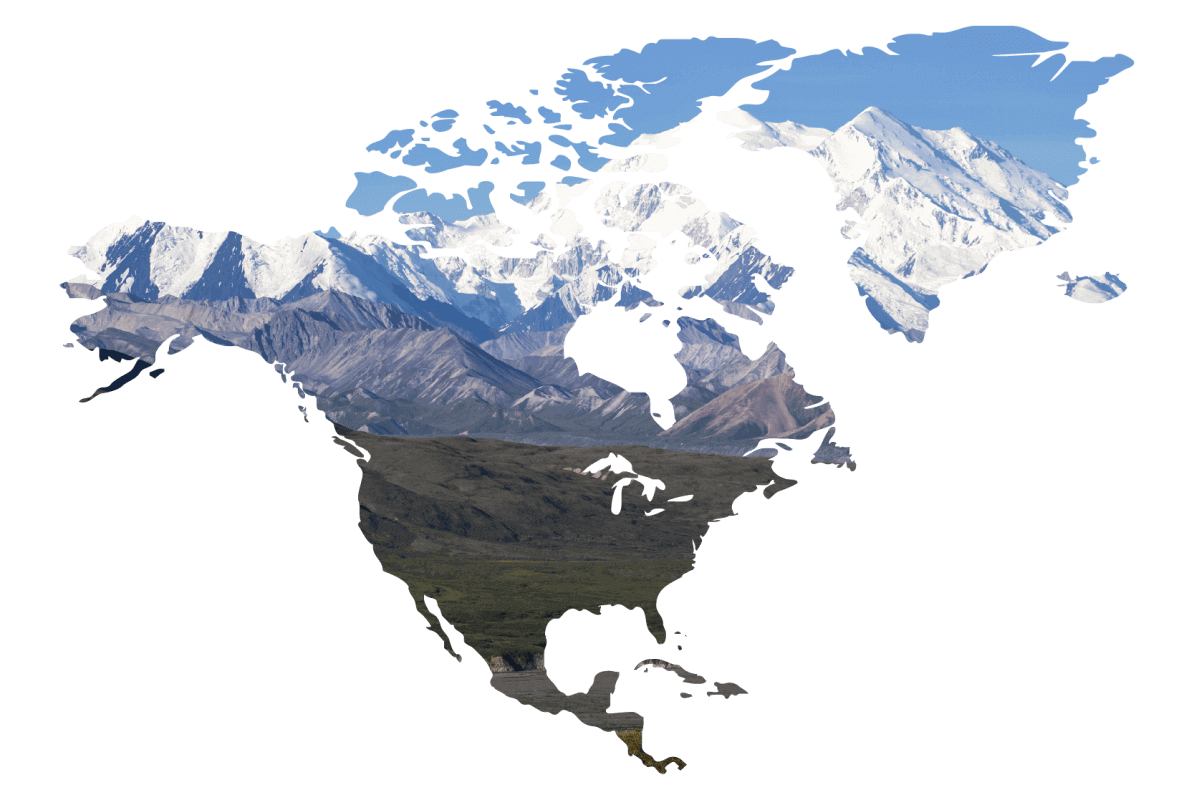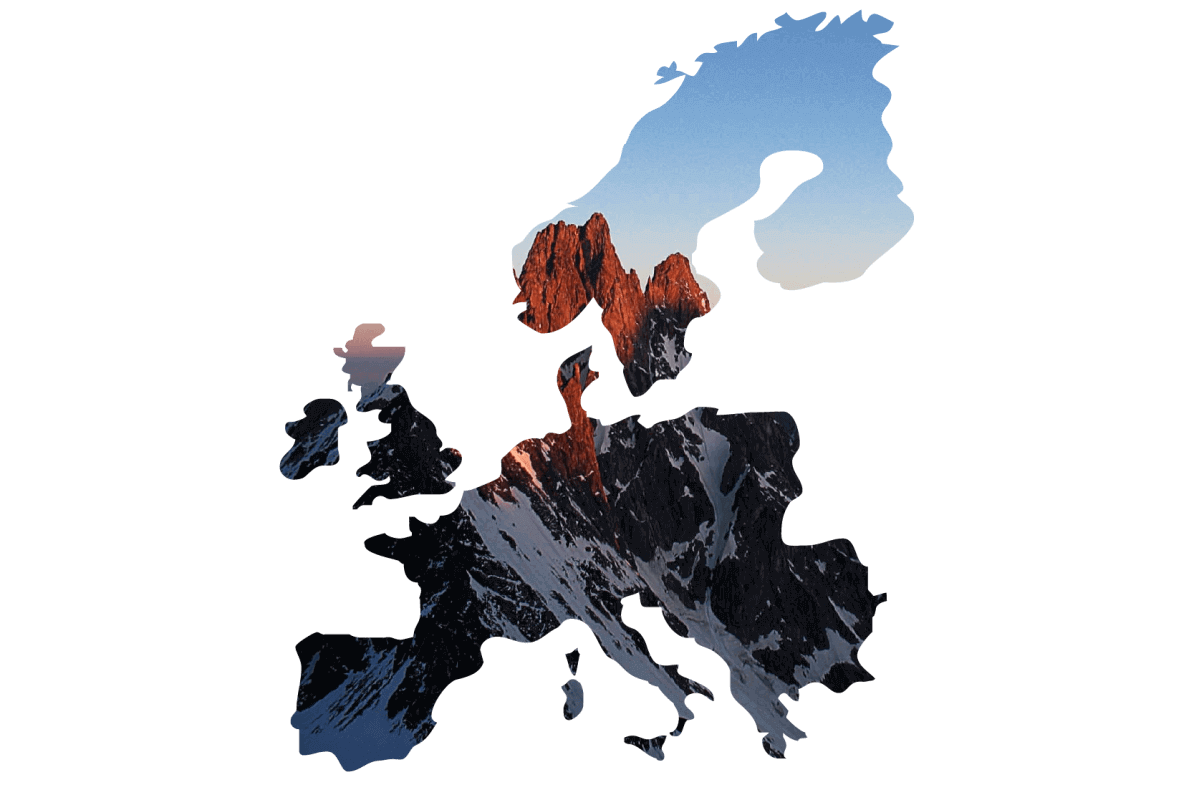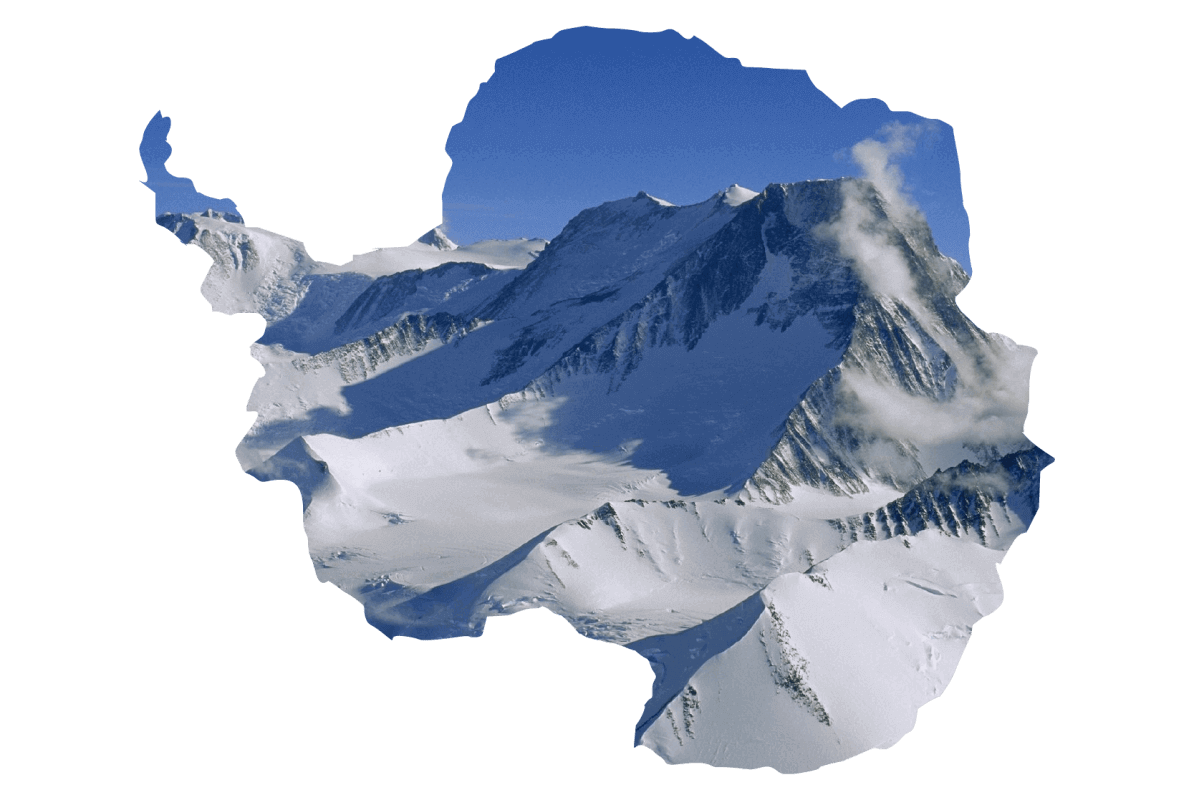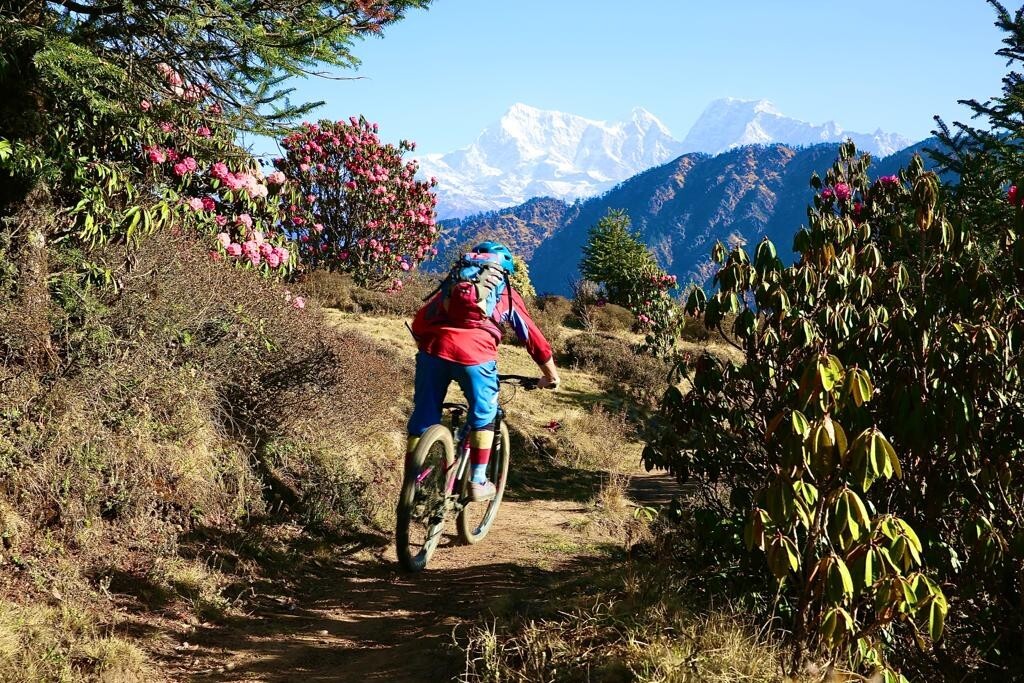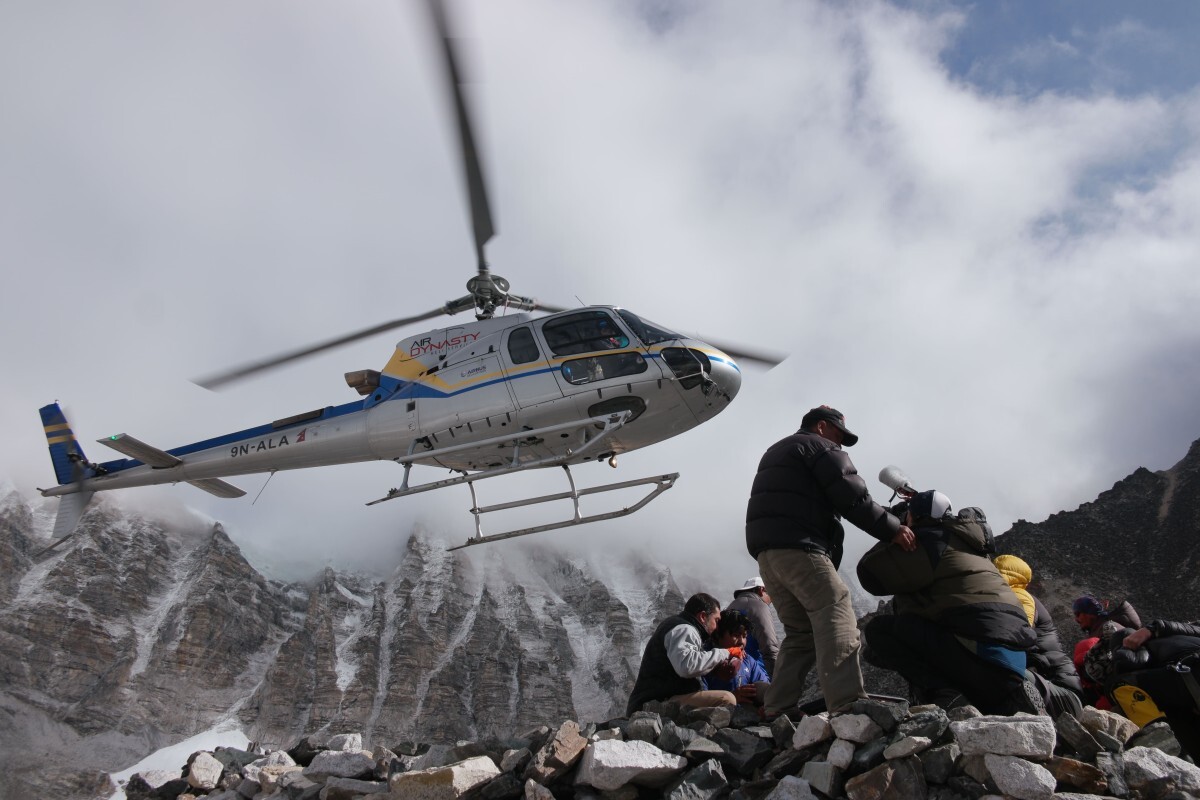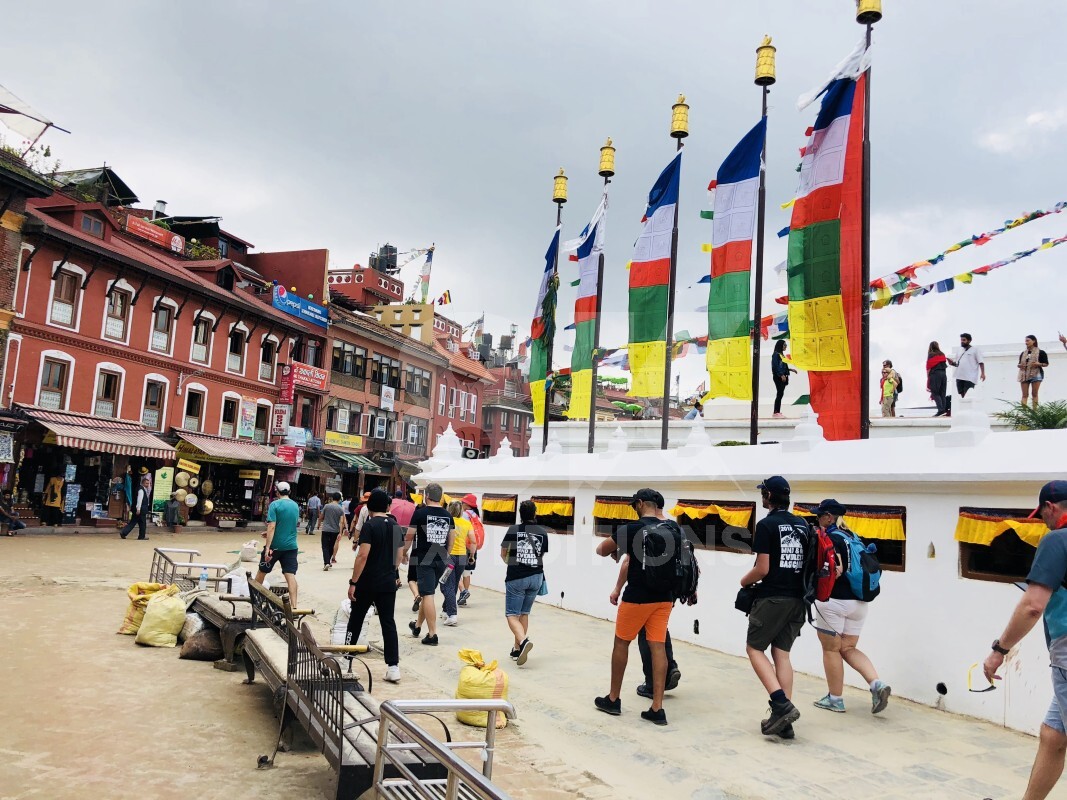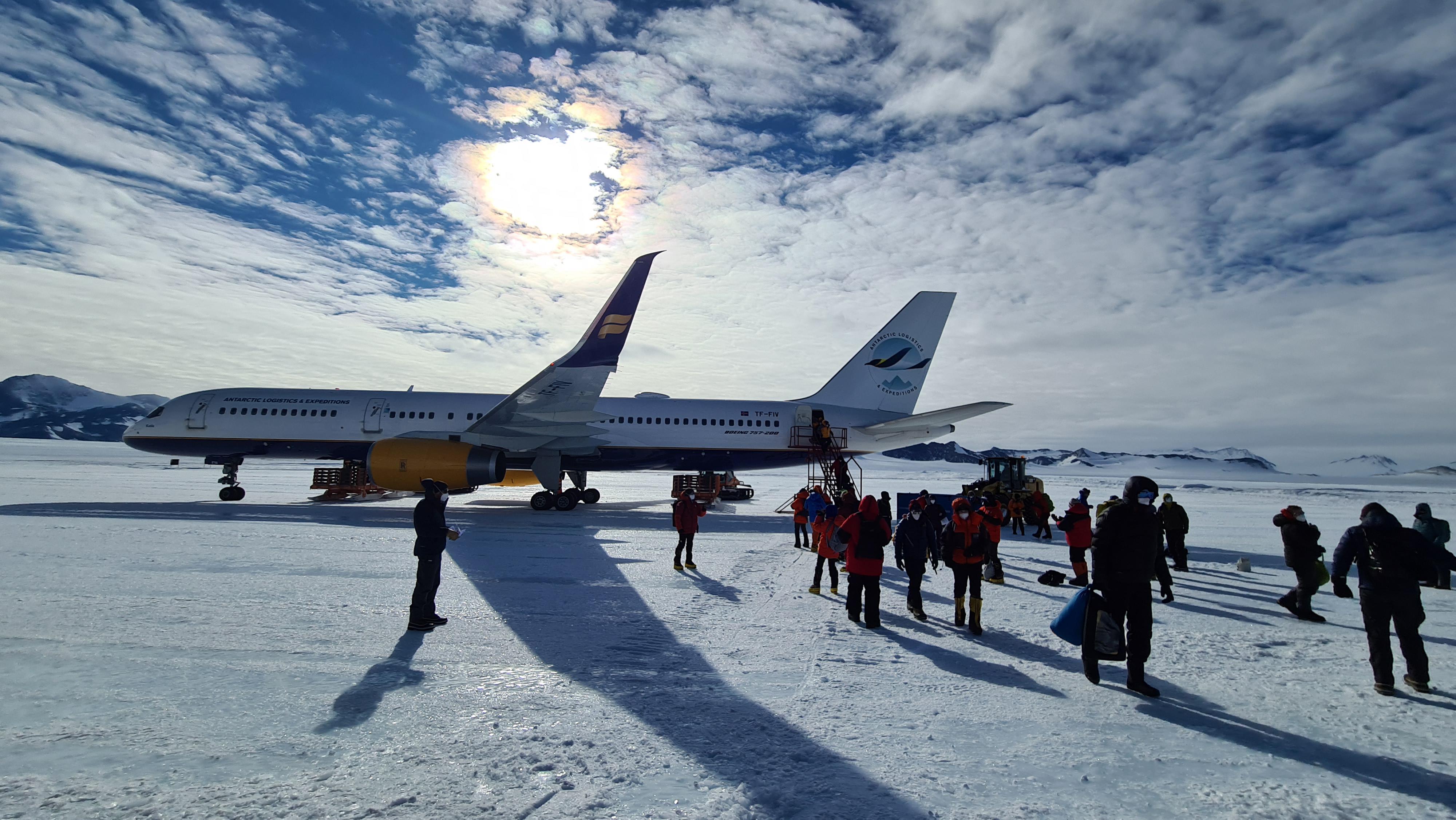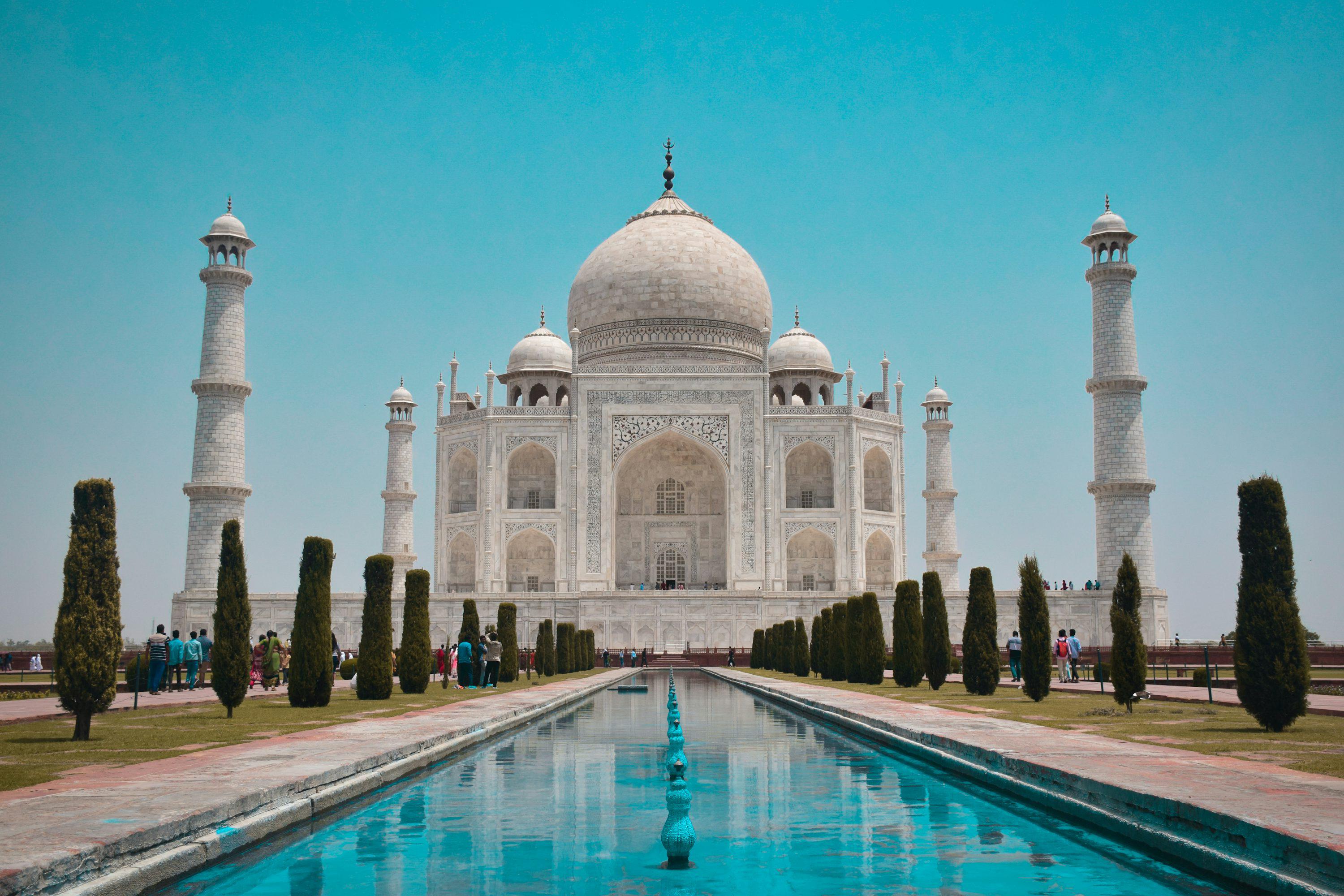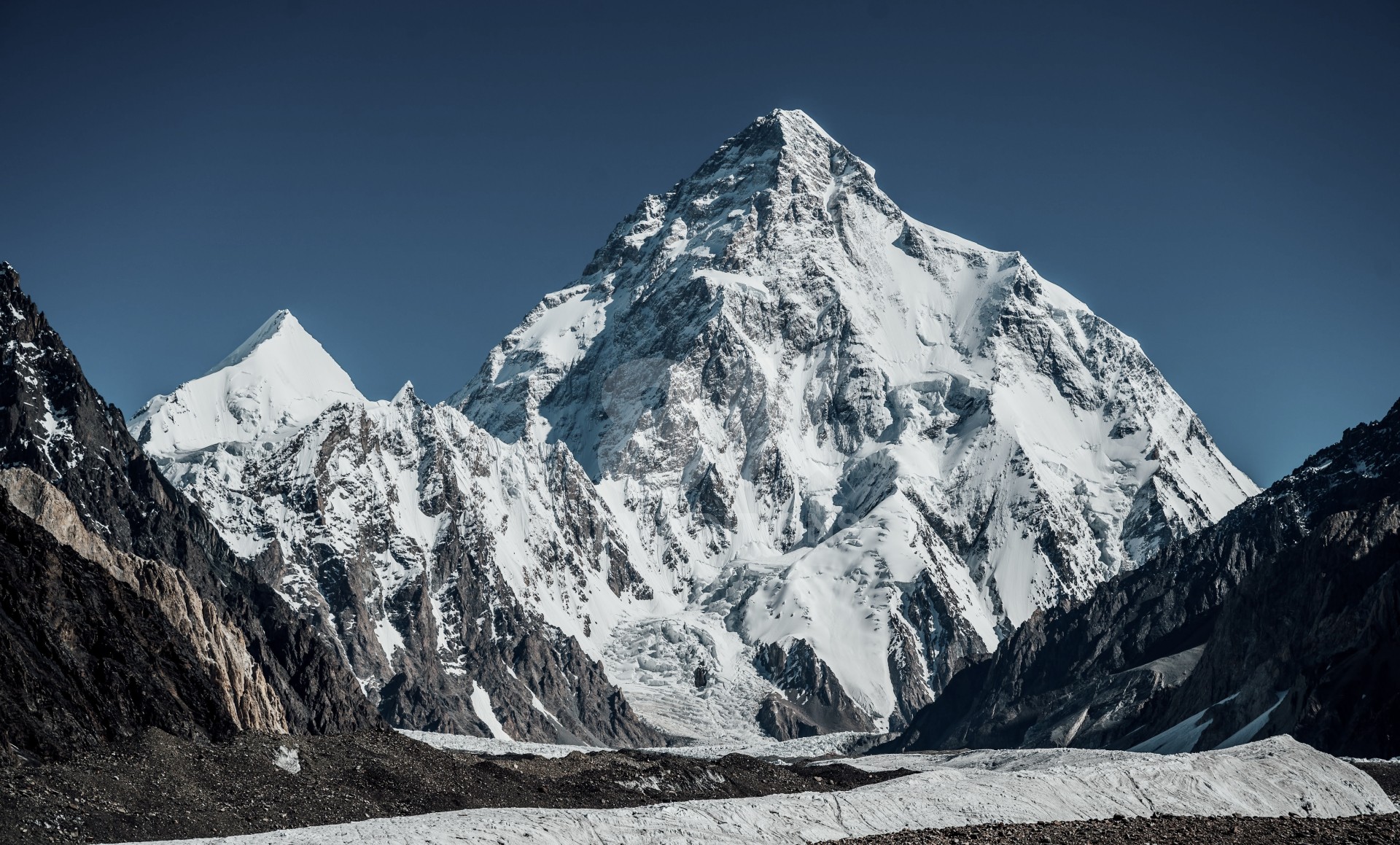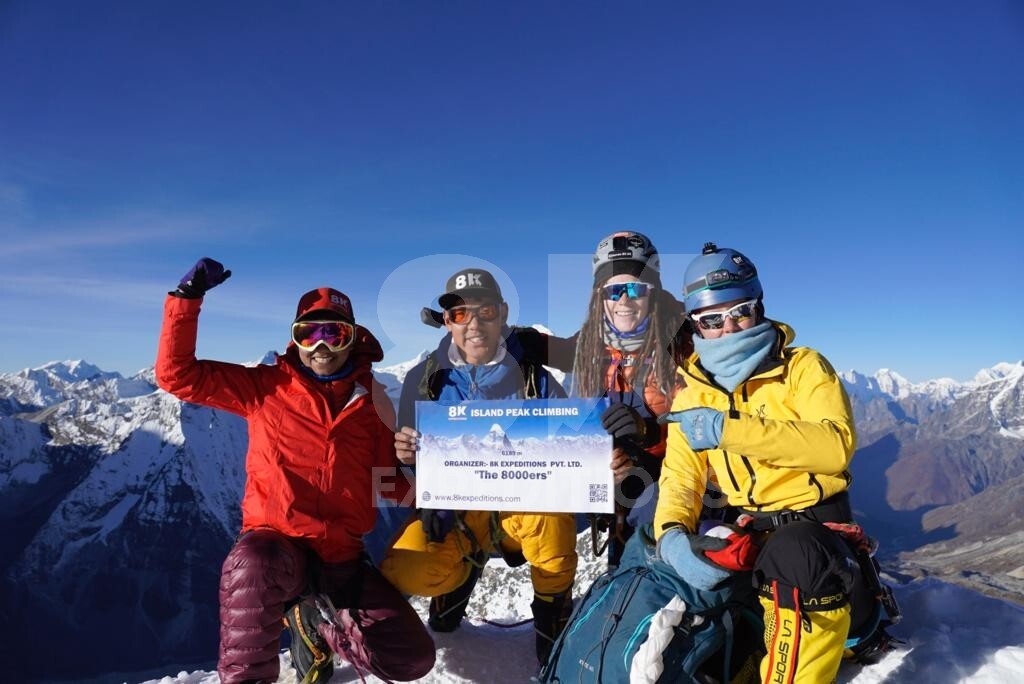Nepal Mountaineering Association has revised the climbing permit fees of all 27 peak for both foreigner climber and Nepal. Below here is the details of all the 27 peaks with their respective royalty amount in each season of Nepal.
For Foreign Climbers in USD ($)
| S. No. |
NMA Peak |
Height |
Himalayan
Range |
Spring
(March-May) |
Autumn
(Sept - Nov) |
Winter
(Dec - Feb) |
Summer
(June - August) |
| 1 |
Chulu East |
6,584 m |
Damodar
|
USD 500
|
USD 250
|
USD 200
|
USD 200
|
| 2 |
Chulu West |
6,419 m |
Damodar
|
USD 350
|
USD 175
|
USD 175
|
USD 175
|
| 3 |
Ghanja-la Chuli (Naya Kanga) |
5,863 m |
Langtang Himal
|
USD 350
|
USD 175
|
USD 175
|
USD 175
|
| 4 |
Hiun Chuli |
6,434 m |
Annapurna
|
USD 350
|
USD 175
|
USD 175
|
USD 175
|
| 5 |
Imja Tse (Island Peak) |
6,165 m |
Khumbu Himal
|
USD 350
|
USD 175
|
USD 175
|
USD 175
|
| 6 |
Khongma Tse (Mehra Peak) |
5,849 m |
Khumbu Himal
|
USD 350
|
USD 175
|
USD 175
|
USD 175
|
| 7 |
Kusum Kanguru |
6,360 m |
Khumbu Himal
|
USD 350
|
USD 175
|
USD 175
|
USD 175
|
| 8 |
Kwangde |
6,086 m |
Rolwaling Himal
|
USD 350
|
USD 175
|
USD 175
|
USD 175
|
| 9 |
Lobuje East |
6,119 m |
Khumbu Himal
|
USD 350
|
USD 175
|
USD 175
|
USD 175
|
| 10 |
Mera Peak |
6,470 m |
Khumbu Himal
|
USD 350
|
USD 175
|
USD 175
|
USD 175
|
| 11 |
Mt. ABI |
6,043 m |
Mahalangur
|
USD 350
|
USD 175
|
USD 175
|
USD 175
|
| 12 |
Mt. Bokta |
6,114 m |
Kanchenjunga
|
USD 350
|
USD 175
|
USD 175
|
USD 175
|
| 13 |
Mt. Chekigo |
6,121 m |
Gaurishankar
|
USD 350
|
USD 175
|
USD 175
|
USD 175
|
| 14 |
Mt. Chola Tse |
6,440 m |
Khumbu
|
USD 350
|
USD 175
|
USD 175
|
USD 175
|
| 15 |
Mt. Kyazo Ri |
6,186 m |
Mahalangur
|
USD 350
|
USD 175
|
USD 175
|
USD 175
|
| 16 |
Mt. Langsisa Ri |
6,412 m |
Jugal
|
USD 350
|
USD 175
|
USD 175
|
USD 175
|
| 17 |
Mt. Larkya Peak |
6,416 m |
Manaslu
|
USD 350
|
USD 175
|
USD 175
|
USD 175
|
| 18 |
Mt. Lobuje West |
6,13 5m |
Khumbu Himal
|
USD 350
|
USD 175
|
USD 175
|
USD 175
|
| 19 |
Mt. Nirekha |
6,159,m |
Mahalangur
|
USD 350
|
USD 175
|
USD 175
|
USD 175
|
| 20 |
Mt. Ombigaichen |
6,340 m |
Mahalangur
|
USD 350
|
USD 175
|
USD 175
|
USD 175
|
| 21 |
Mt. Phari Lapcha |
6,017 m |
Mahalangur
|
USD 350
|
USD 175
|
USD 175
|
USD 175
|
| 22 |
Mt. Yubra Himal |
6,048 m |
Langtang Himal
|
USD 350
|
USD 175
|
USD 175
|
USD 175
|
| 23 |
Paldor Peak |
5,903 m |
Ganesh Himal
|
USD 350
|
USD 175
|
USD 175
|
USD 175
|
| 24 |
Pharchamo |
6,279 m |
Rolwaling Himal
|
USD 350
|
USD 175
|
USD 175
|
USD 175
|
| 25 |
Pisang Peak |
6,091 m |
Damodar
|
USD 350
|
USD 175
|
USD 175
|
USD 175
|
| 26 |
Ramdong Go |
5,900 m |
Rolwaling Himal
|
USD 350
|
USD 175
|
USD 175
|
USD 175
|
| 27 |
Singu Chuli (Fluted Peak) |
6,501 m |
Annapurna Himal
|
USD 500
|
USD 250
|
USD 200
|
USD 200
|
For Nepali Climbers in NPR.
| S. No. |
NMA Peak |
Height |
Himalayan
Range |
Spring
(March-May) |
Autumn
(Sept - Nov) |
Winter
(Dec - Feb) |
Summer
(June - August) |
| 1 |
Chulu East |
6,584 m |
Damodar |
25000
|
12500
|
6250
|
6250
|
| 2 |
Chulu West |
6,419 m |
Damodar |
20000
|
10000
|
5000
|
5000
|
| 3 |
Ghanja-la Chuli (Naya Kanga) |
5,863 m |
Langtang Himal |
20000
|
10000
|
5000
|
5000
|
| 4 |
Hiun Chuli |
6,434 m |
Annapurna |
20000
|
10000
|
5000
|
5000
|
| 5 |
Imja Tse (Island Peak) |
6,165 m |
Khumbu Himal |
20000
|
10000
|
5000
|
5000
|
| 6 |
Khongma Tse (Mehra Peak) |
5,849 m |
Khumbu Himal |
20000
|
10000
|
5000
|
5000
|
| 7 |
Kusum Kanguru |
6,360 m |
Khumbu Himal |
20000
|
10000
|
5000
|
5000
|
| 8 |
Kwangde |
6,086 m |
Rolwaling Himal |
20000
|
10000
|
5000
|
5000
|
| 9 |
Lobuje East |
6,119 m |
Khumbu Himal |
20000
|
10000
|
5000
|
5000
|
| 10 |
Mera Peak |
6,470 m |
Khumbu
Himal |
20000
|
10000
|
5000
|
5000
|
| 11 |
Mt. ABI |
6,043 m |
Mahalangur |
20000
|
10000
|
5000
|
5000
|
| 12 |
Mt. Bokta |
6,114 m |
Kanchenjunga |
20000
|
10000
|
5000
|
5000
|
| 13 |
Mt. Chekigo |
6,121 m |
Gaurishankar |
20000
|
10000
|
5000
|
5000
|
| 14 |
Mt. Chola Tse |
6,440 m |
Khumbu Himal |
20000
|
10000
|
5000
|
5000
|
| 15 |
Mt. Kyazo Ri |
6,186 m |
Mahalangur |
20000
|
10000
|
5000
|
5000
|
| 16 |
Mt. Langsisa Ri |
6,412 m |
Jugal |
20000
|
10000
|
5000
|
5000
|
| 17 |
Mt. Larkya Peak |
6,416 m |
Manaslu |
20000
|
10000
|
5000
|
5000
|
| 18 |
Mt. Lobuje West |
6,135 m |
Khumbu Himal |
20000
|
10000
|
5000
|
5000
|
| 19 |
Mt. Nirekha |
6,159 m |
Mahalangur |
20000
|
10000
|
5000
|
5000
|
| 20 |
Mt. Ombigaichen |
6,340 m |
Mahalangur |
20000
|
10000
|
5000
|
5000
|
| 21 |
Mt. Phari Lapcha |
6,017 m |
Mahalangur |
20000
|
10000
|
5000
|
5000
|
| 22 |
Mt. Yubra Himal |
6,048 m |
Langtang Himal |
20000
|
10000
|
5000
|
5000
|
| 23 |
Paldor Peak |
5,903 m |
Ganesh Himal |
20000
|
10000
|
5000
|
5000
|
| 24 |
Pharchamo |
6,279 m |
Rolwaling Himal |
20000
|
10000
|
5000
|
5000
|
| 25 |
Pisang Peak |
6,091 m |
Damodar |
20000
|
10000
|
5000
|
5000
|
| 26 |
Ramdong Go |
5,900 m |
Rolwaling Himal |
20000
|
10000
|
5000
|
5000
|
| 27 |
Singu Chuli (Fluted Peak) |
6,501 m |
Annapurna Himal |
20000
|
10000
|
5000
|
5000
|
Comprehensive Guide to NMA Peaks and Permit Fees in Nepal
Nepal's stunning Himalayan peaks attract mountaineers and adventurers from around the world. To climb these majestic mountains, climbers must obtain the appropriate permits, as regulated by the Nepal Mountaineering Association (NMA). In this guide, we'll explore everything you need to know about NMA Peak Climbing, the required permits, and the associated fees.
Understanding NMA Peak Climbing Permits and Fees
Before setting out on your Himalayan adventure, it’s essential to understand the NMA's permit structure. Here's an overview of key points:
-
NMA Peak Climbing Permits: The Nepal Mountaineering Association regulates the climbing permits for various peaks in Nepal. Depending on the peak you wish to summit, you will need to apply for a climbing permit.
-
Permit Fee Structure: NMA charges fees based on the peak’s elevation and the level of difficulty. This fee structure varies, so climbers should ensure they have the correct information based on their chosen peak.
-
Climbing Permits for Restricted Peaks: Some Himalayan peaks require special permissions and a higher fee structure due to their restricted nature. These peaks typically involve more technical challenges and are subject to additional regulations.
-
Expedition and Trekking Permits: In addition to NMA peak climbing permits, trekkers often need separate permits to access trekking routes that lead to the base camps of the mountains.
-
Permit Application Process: The process of obtaining an NMA permit requires filling out an application, submitting the necessary documentation, and paying the applicable fees. This ensures climbers meet safety and environmental standards.
To learn more about the NMA Peaks and permit fees in the Manaslu Region, click below:
Note: All informations about the peaks and their royalty amount has been taken from Nepal Mountaineering Association, NMA

